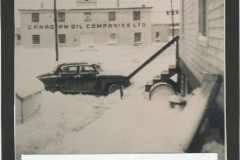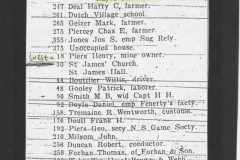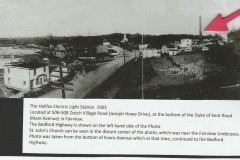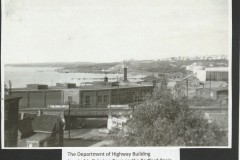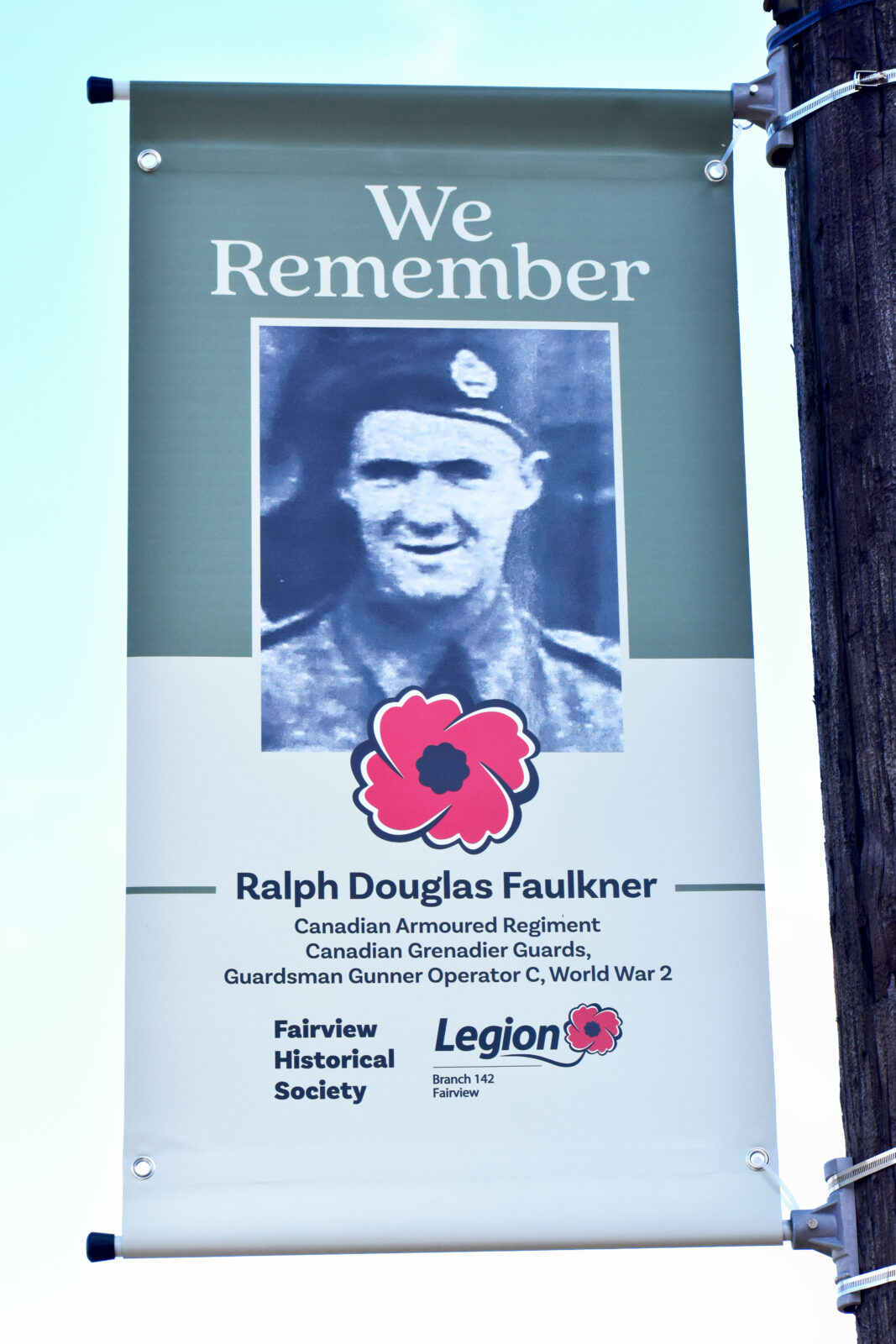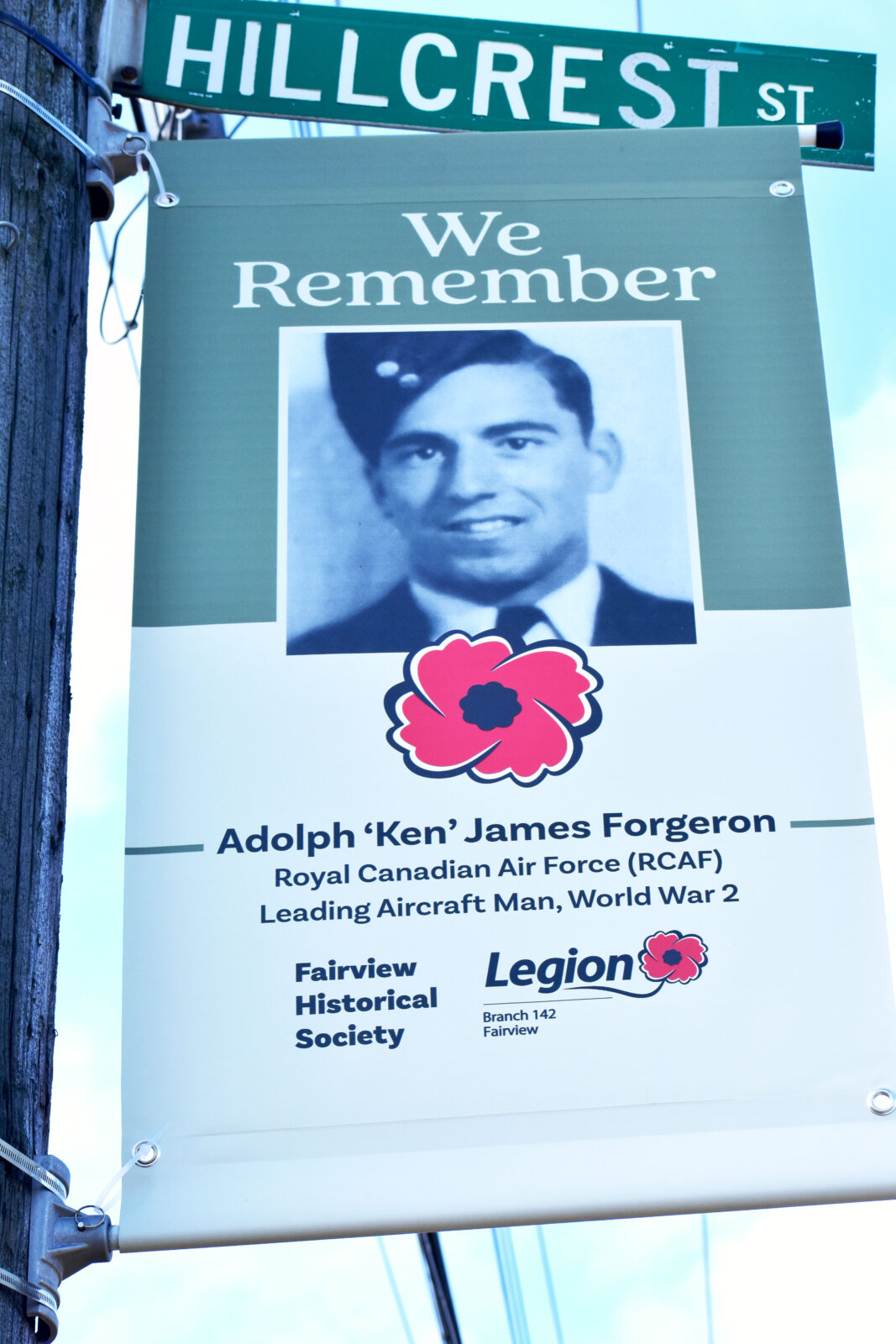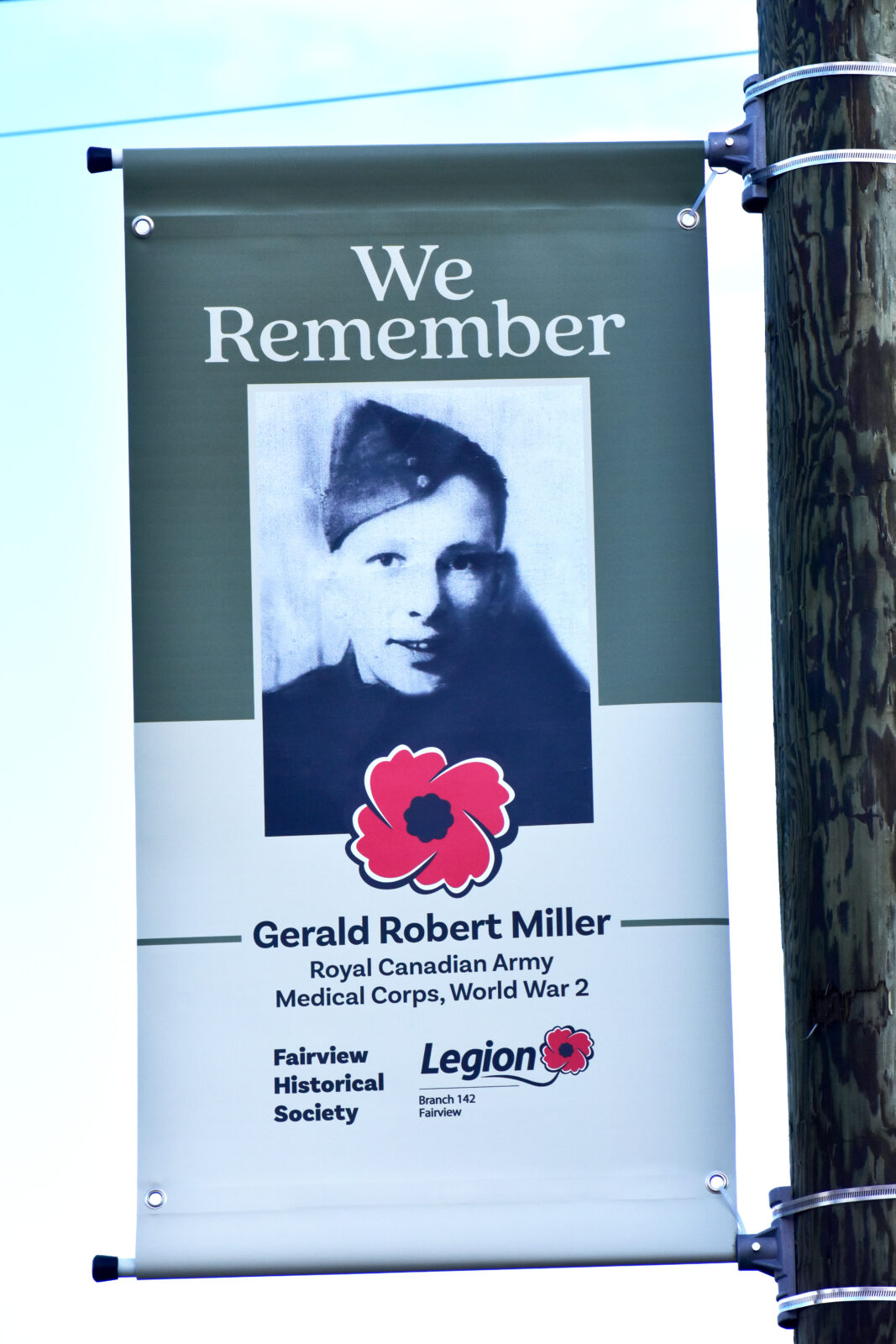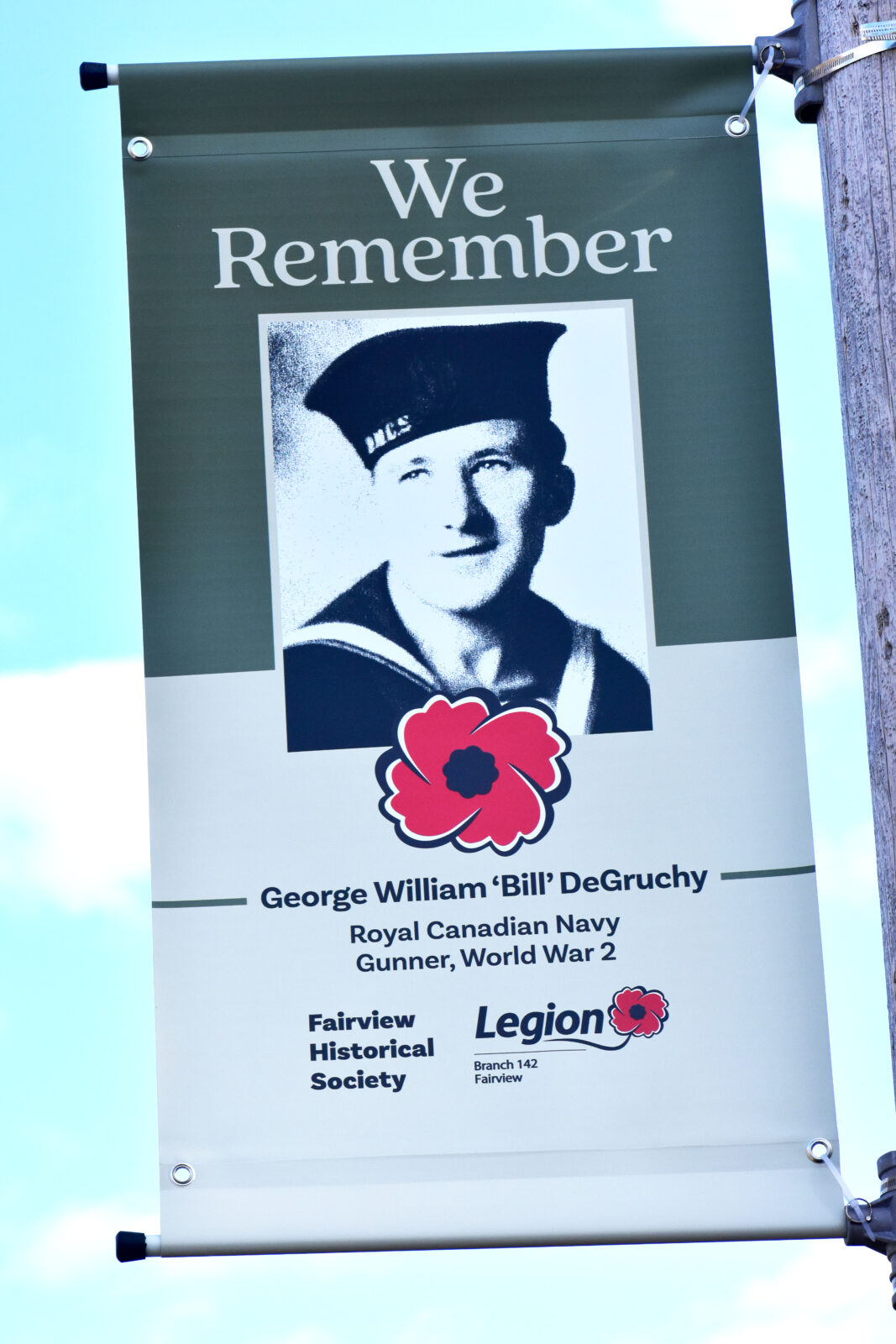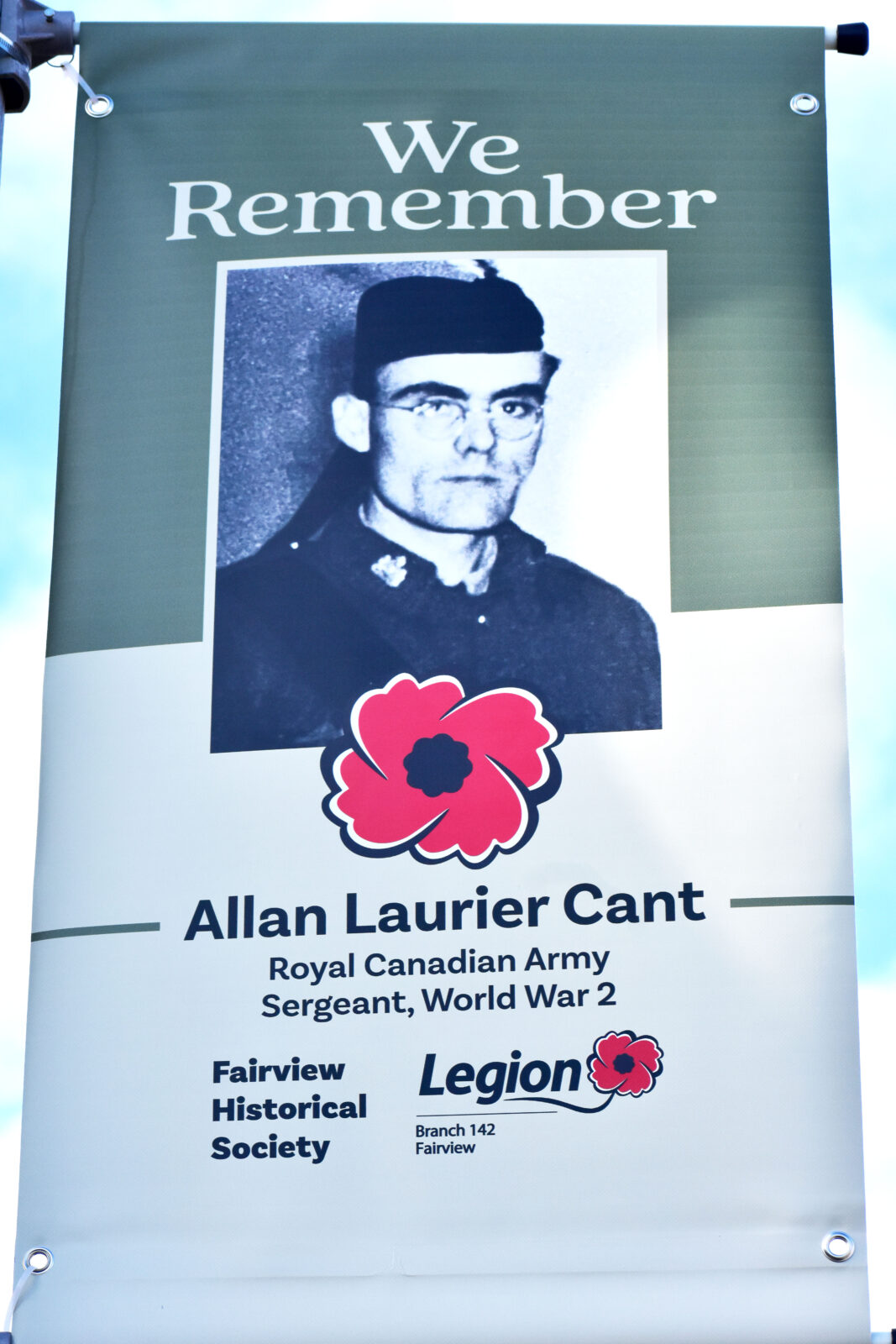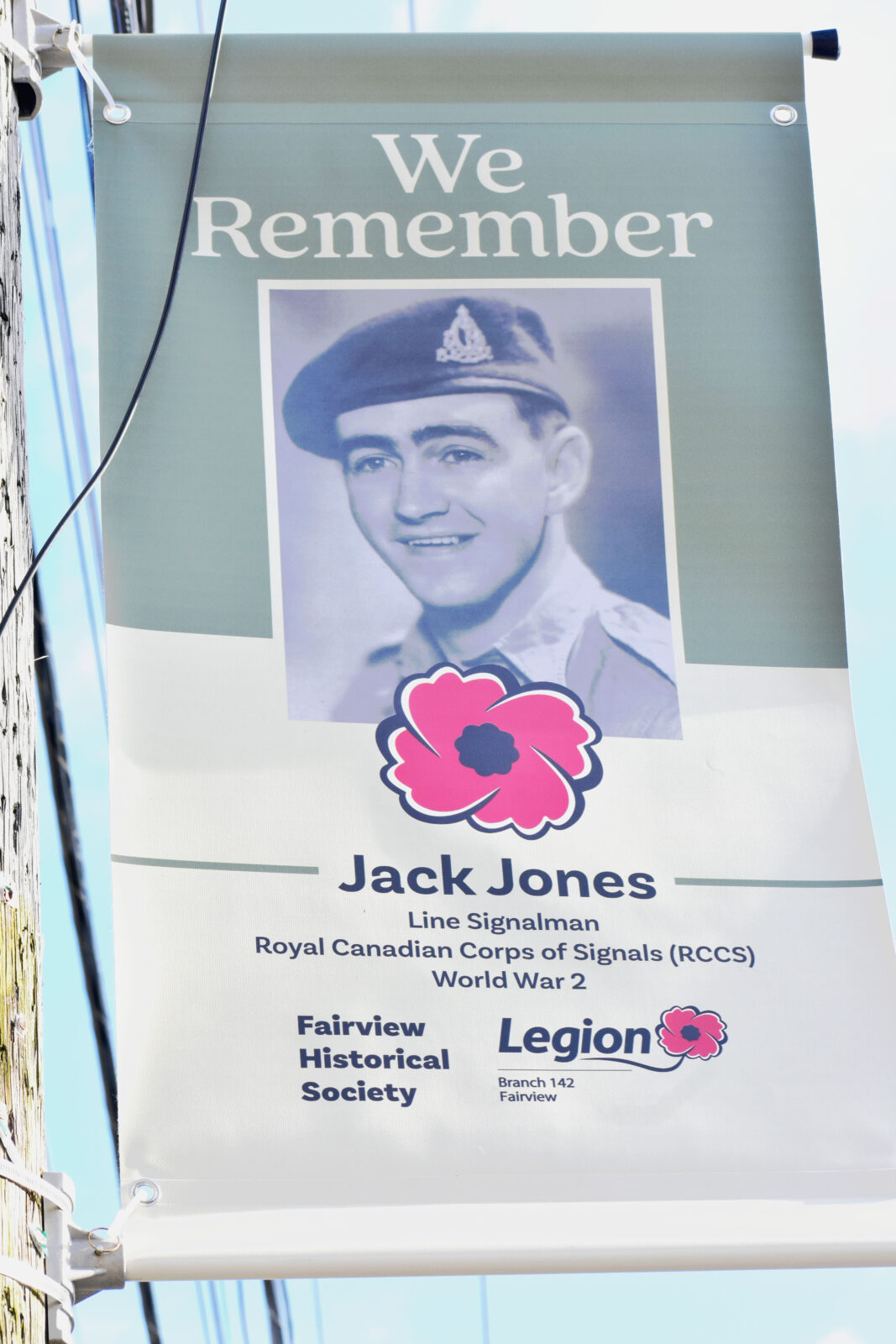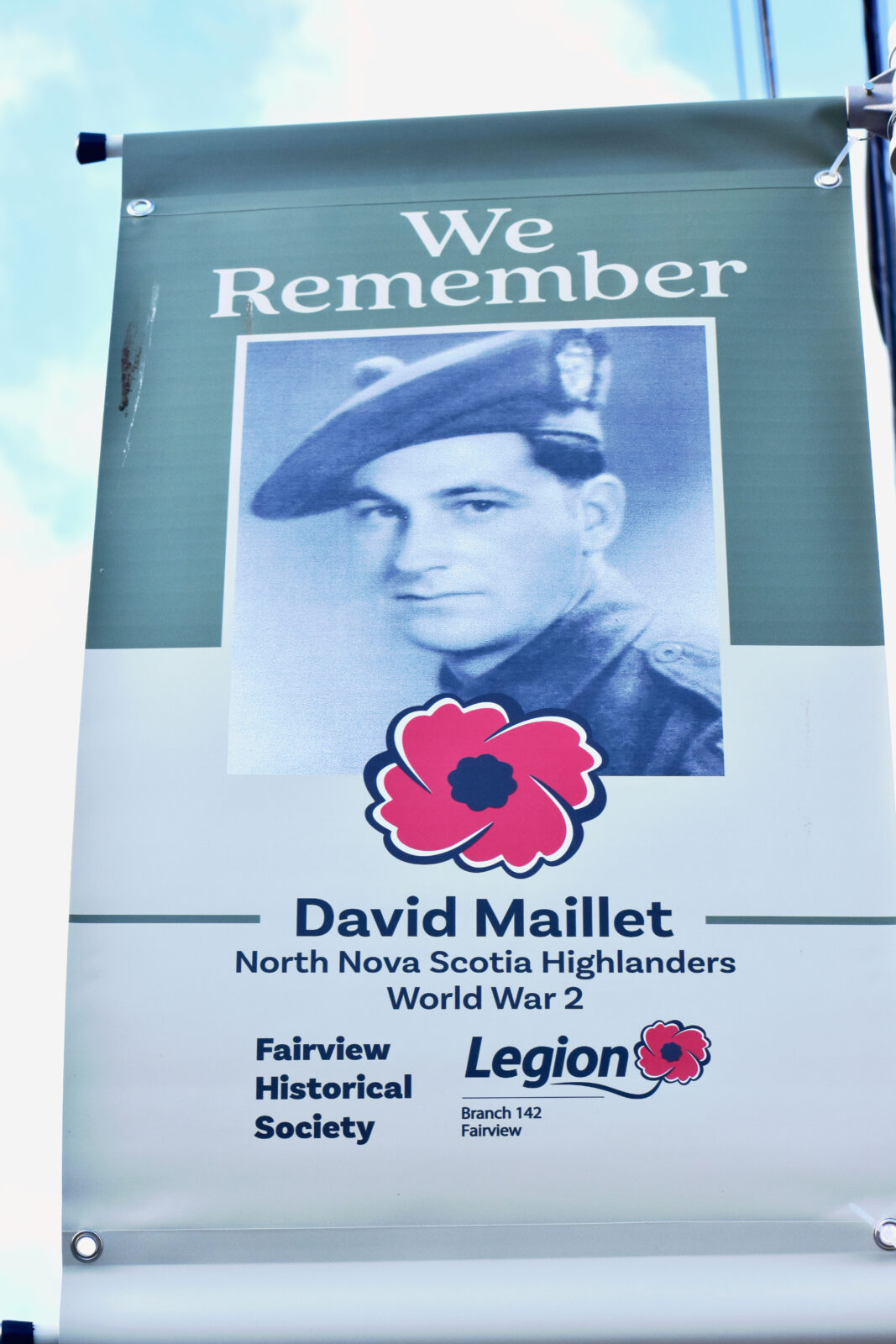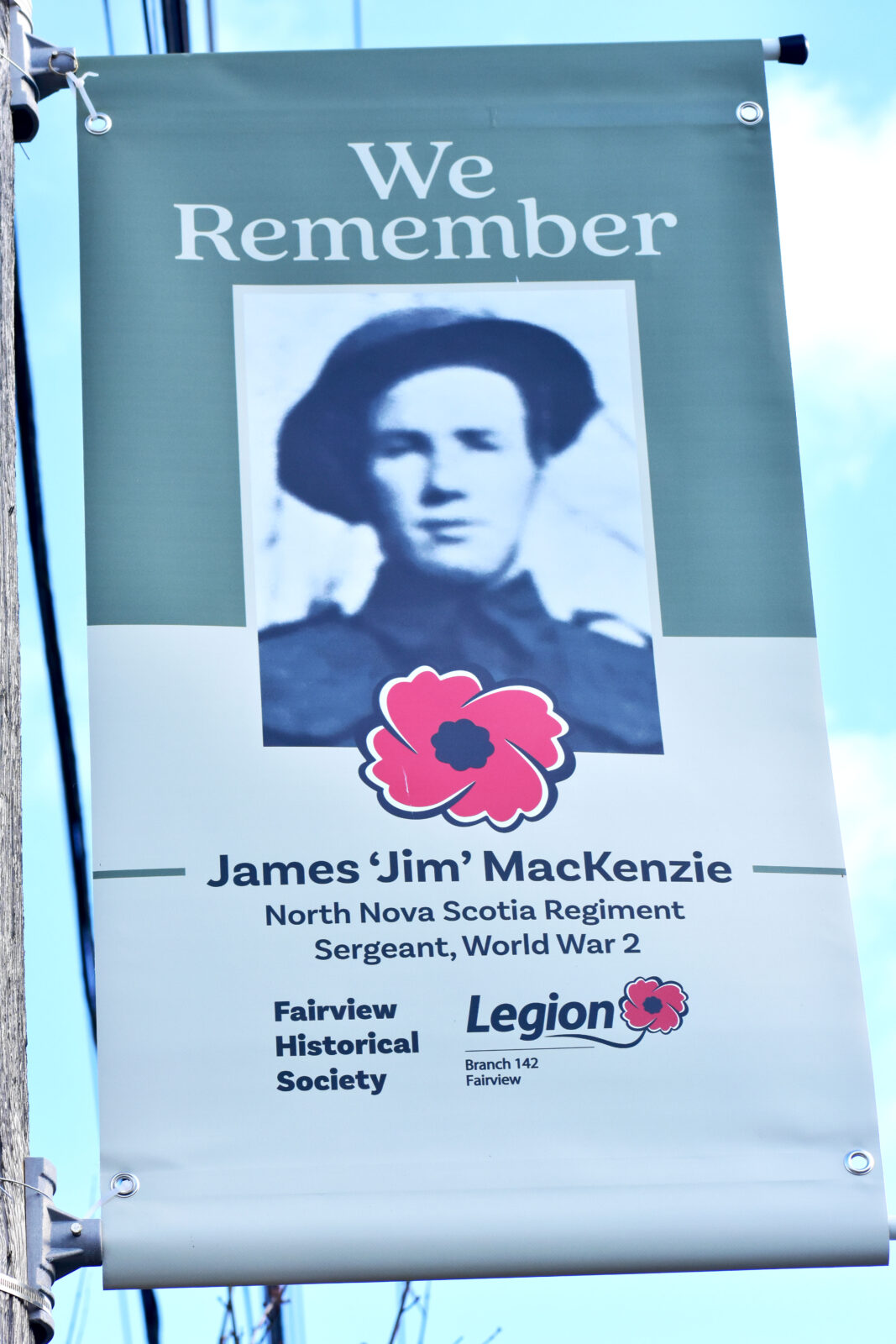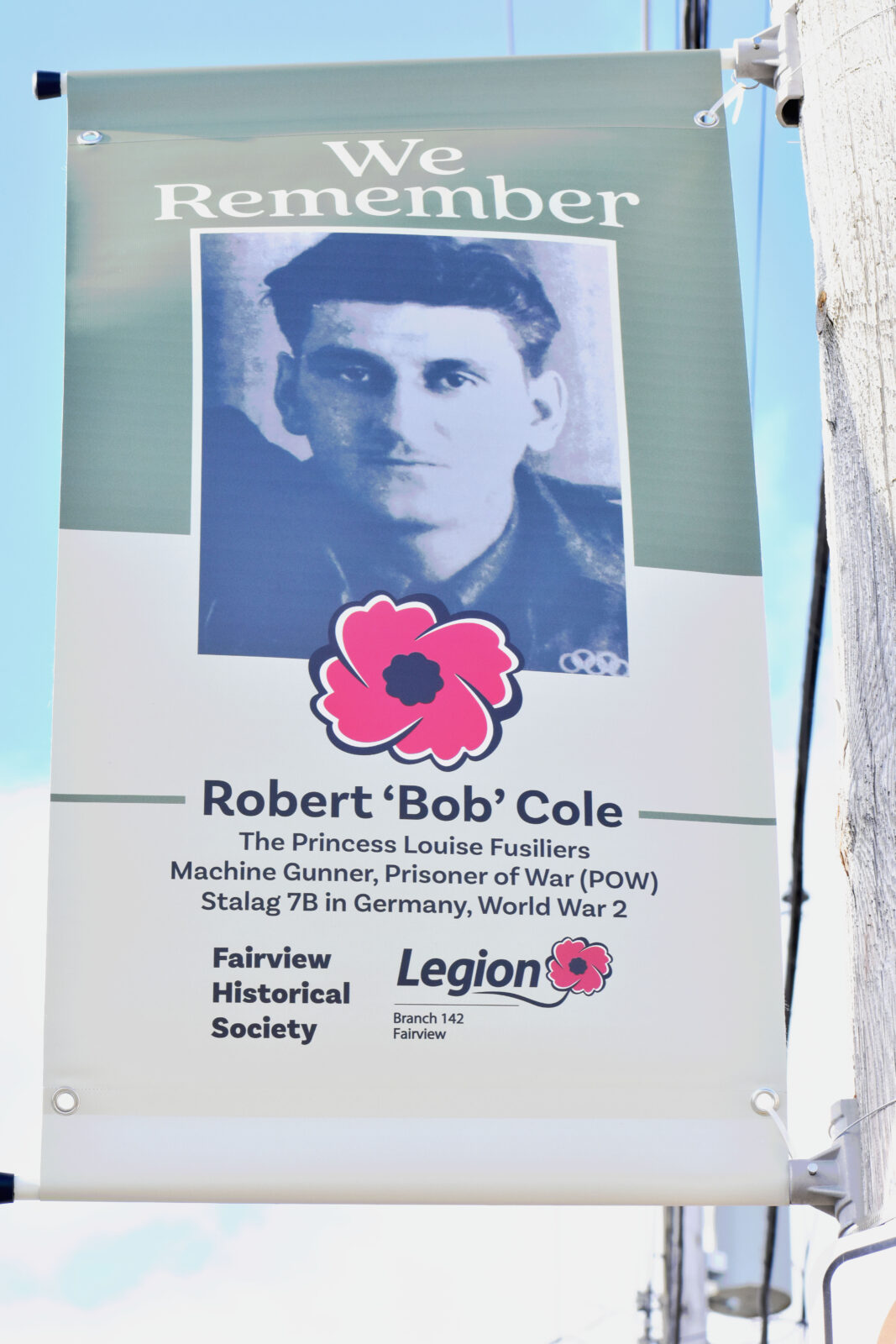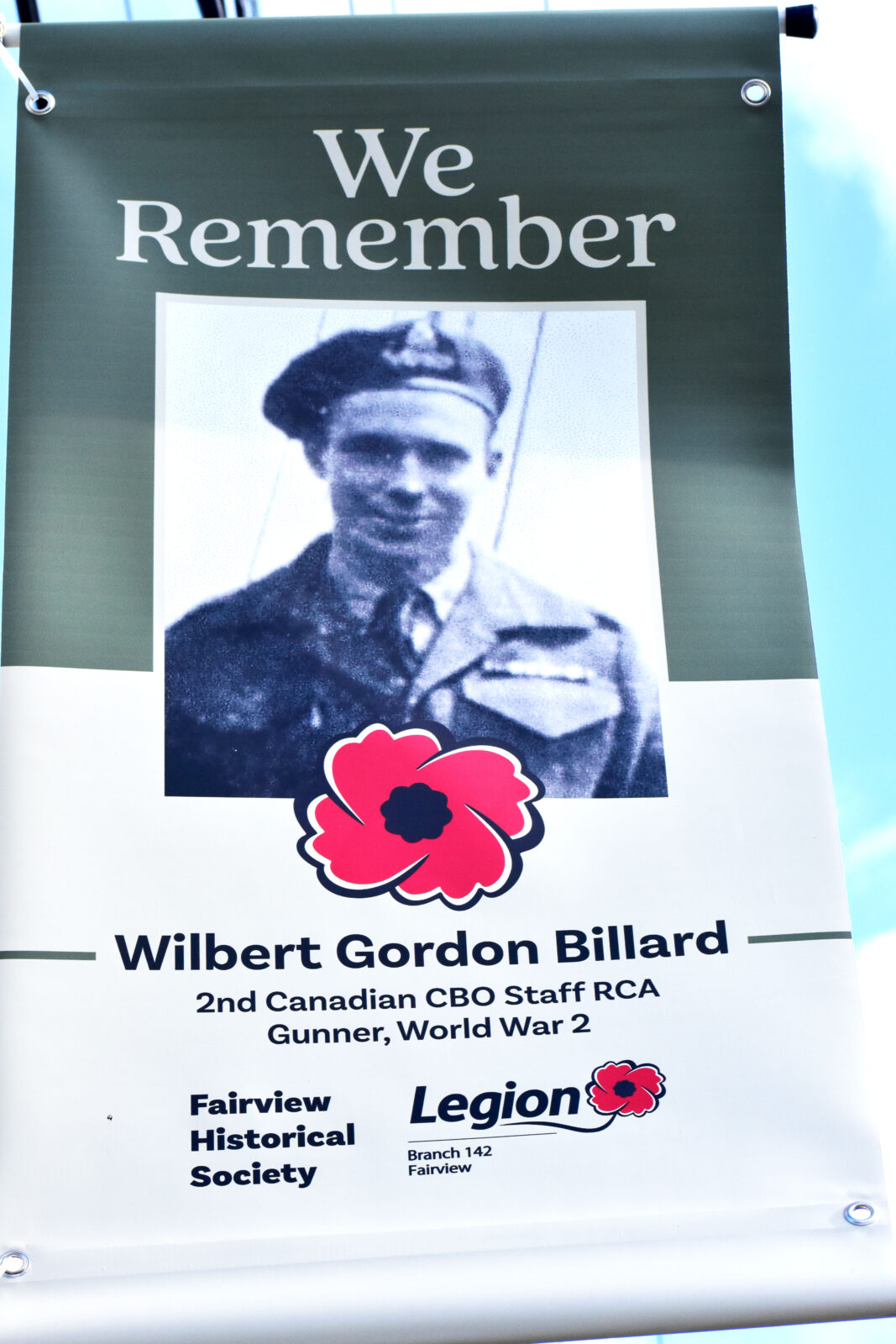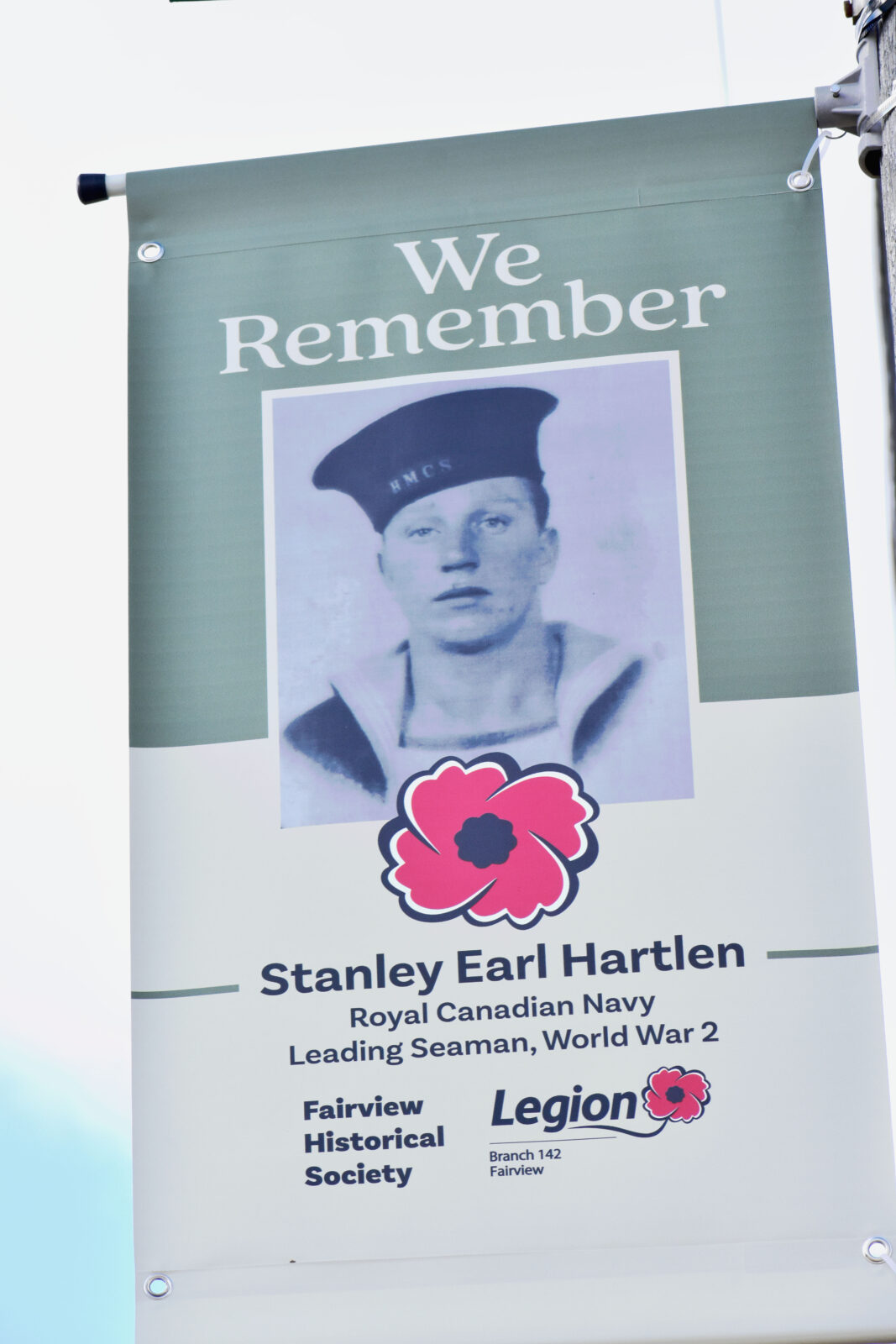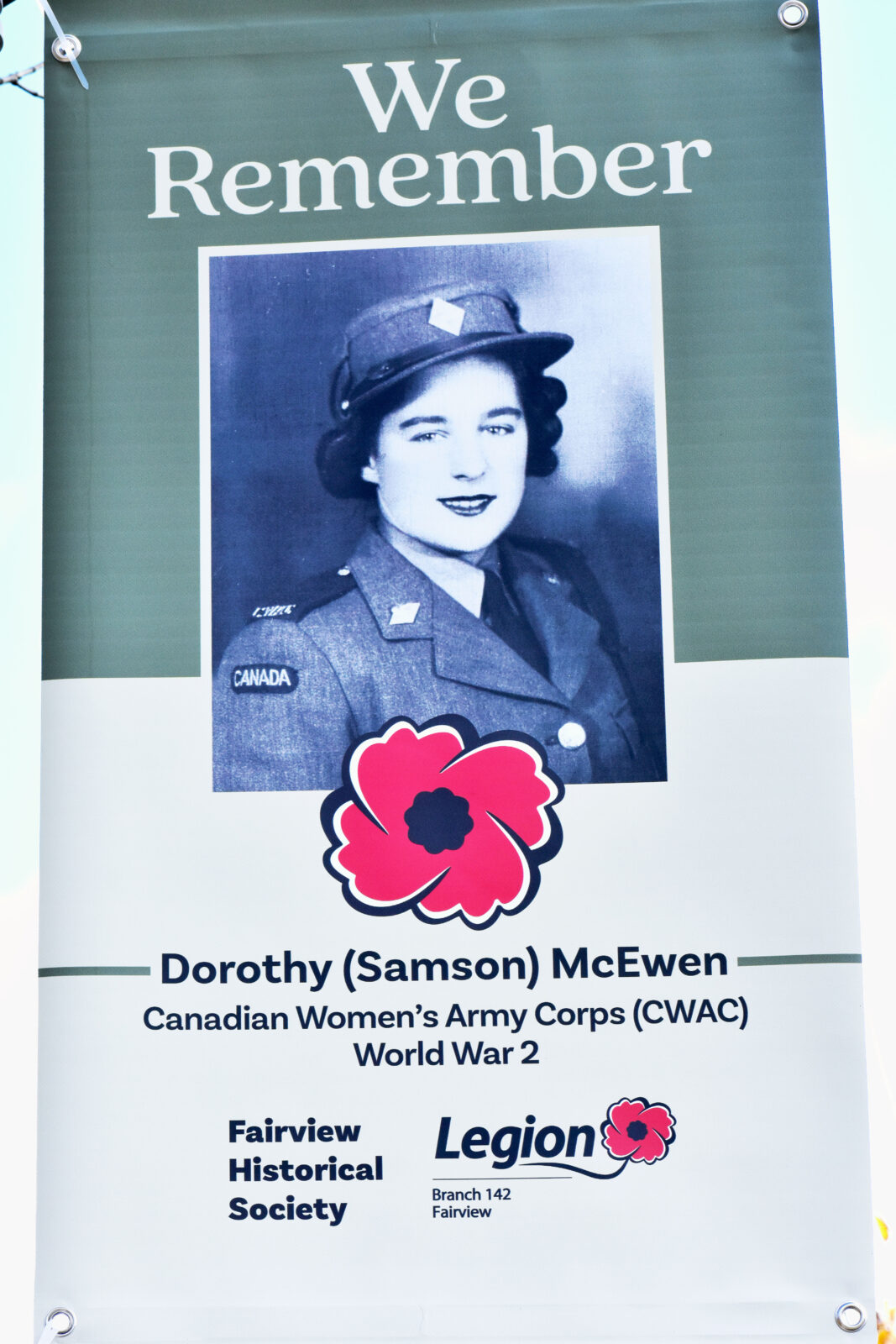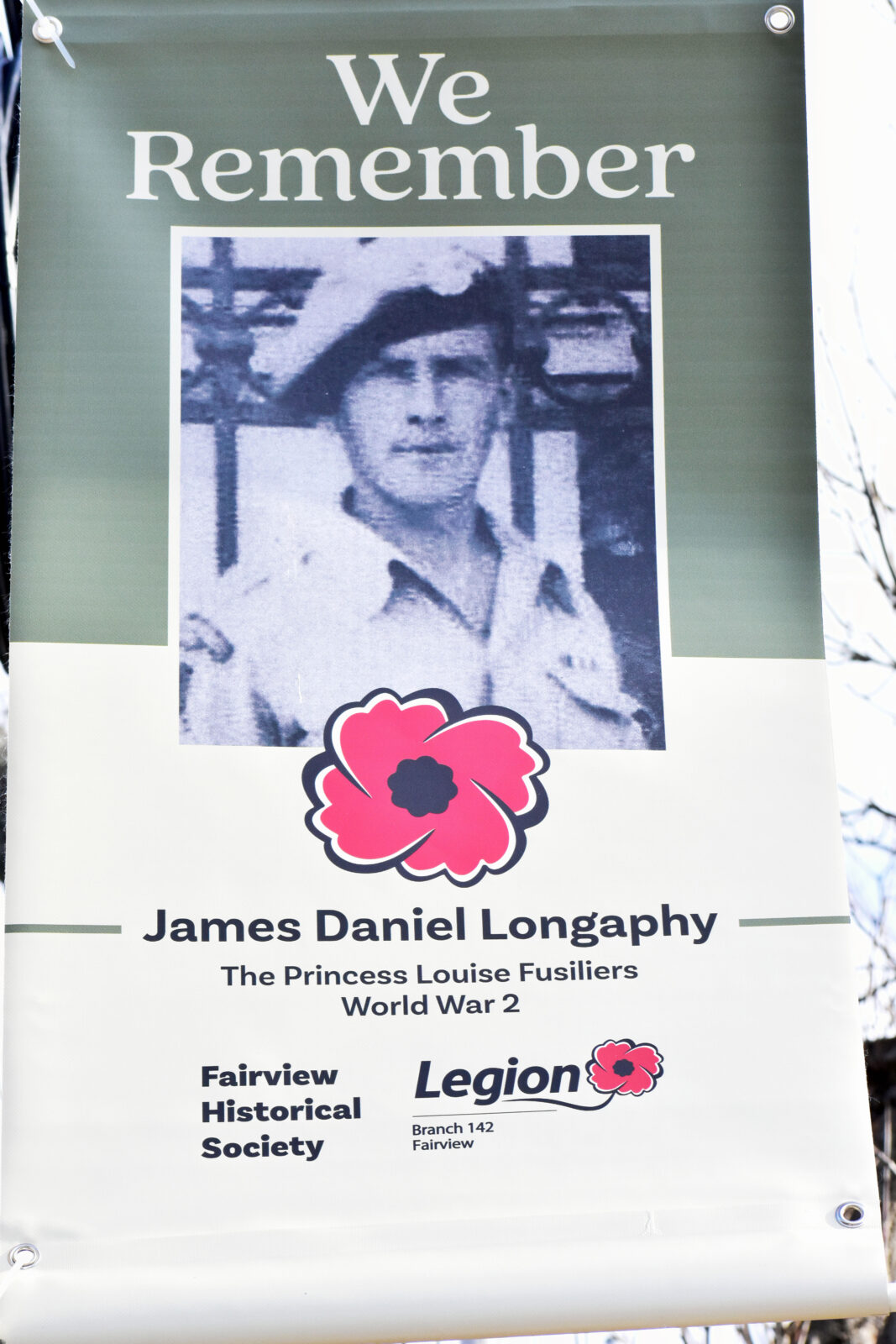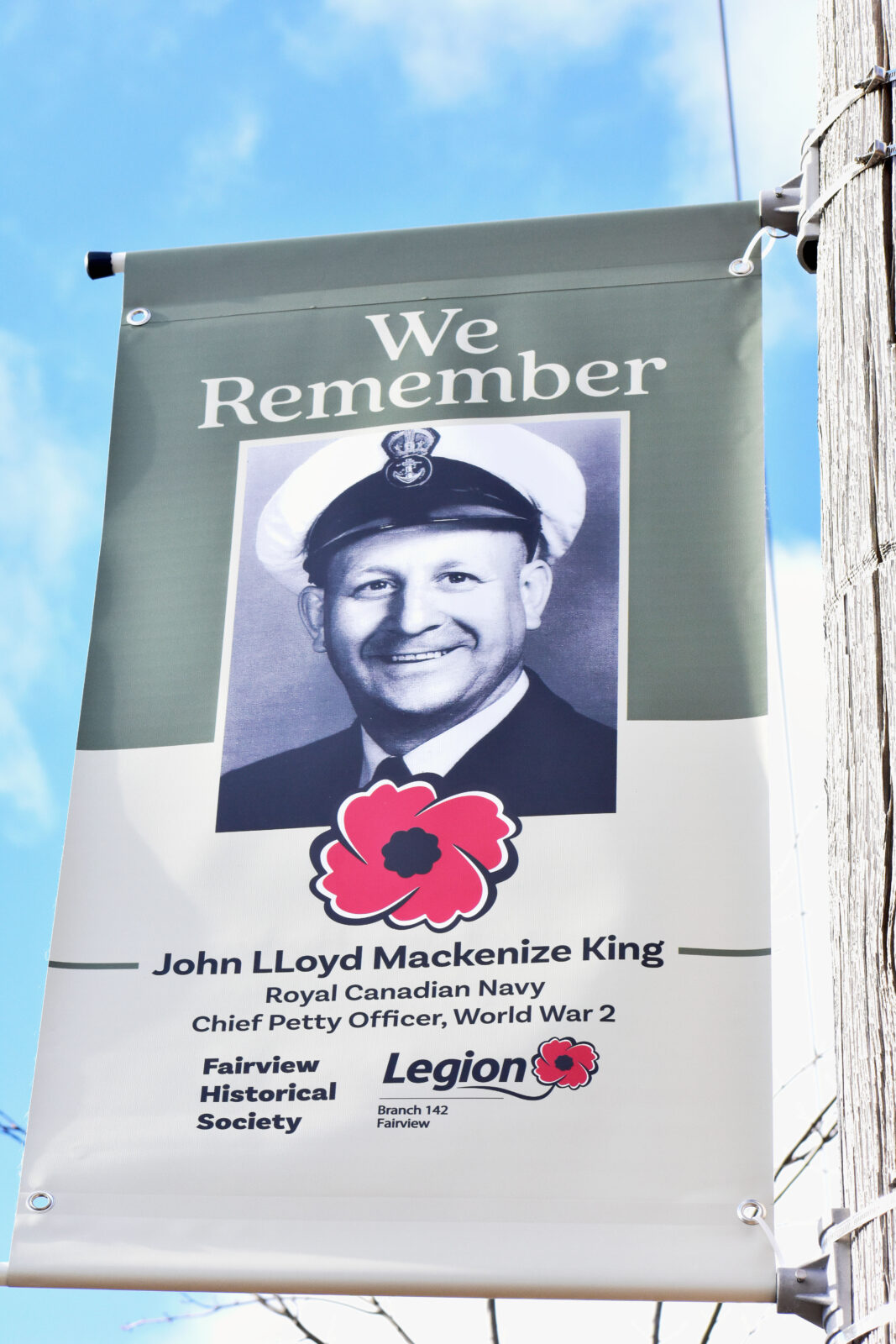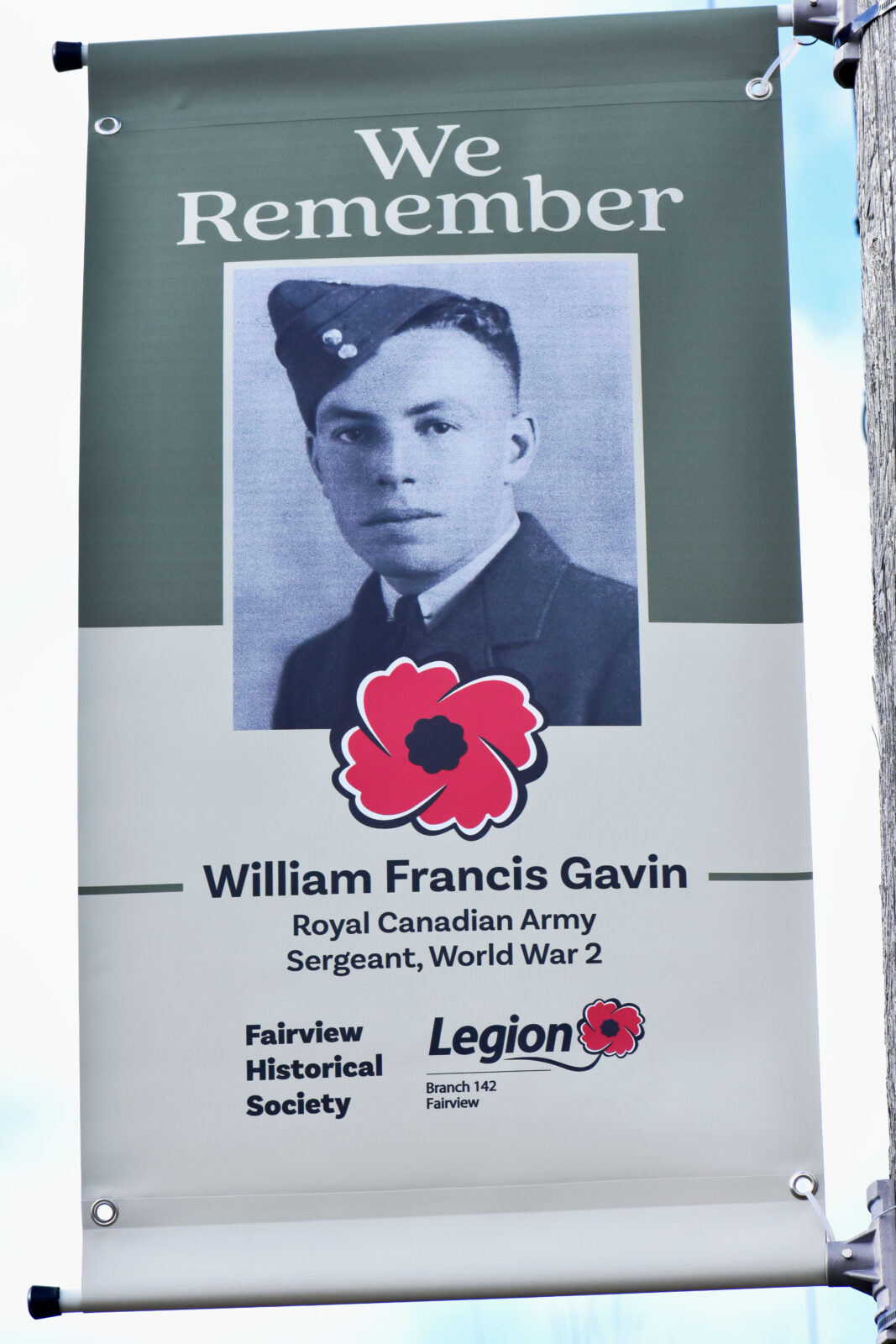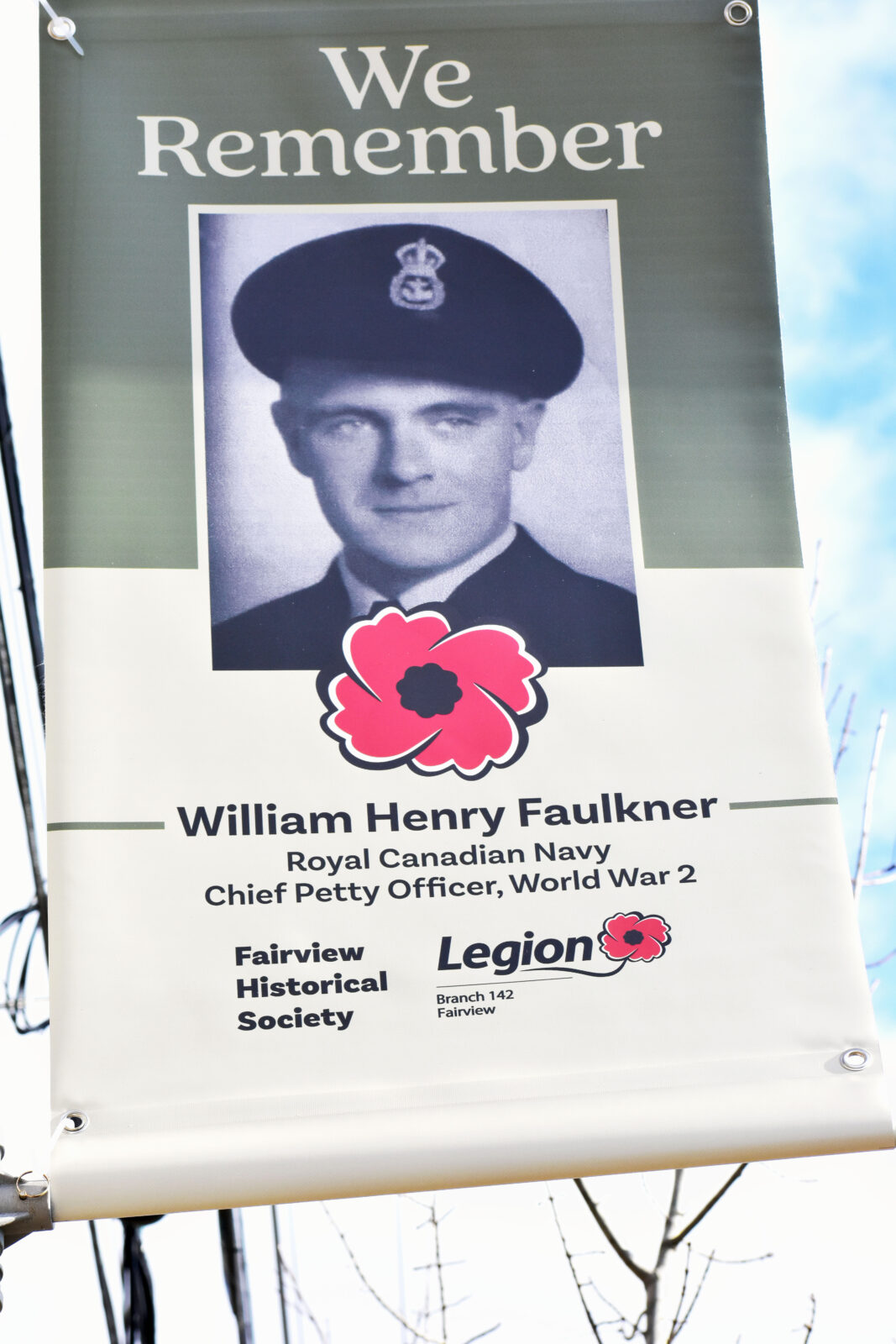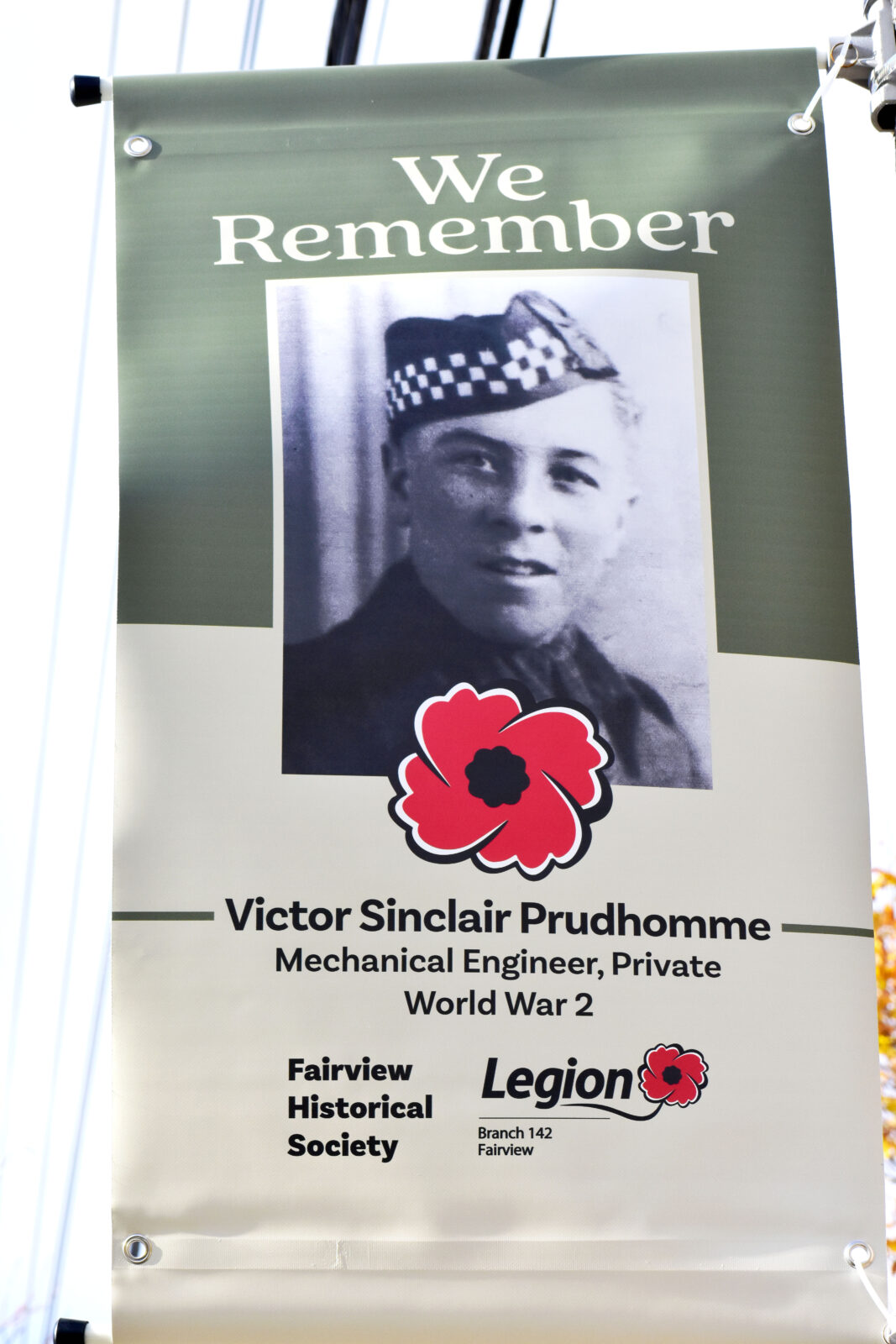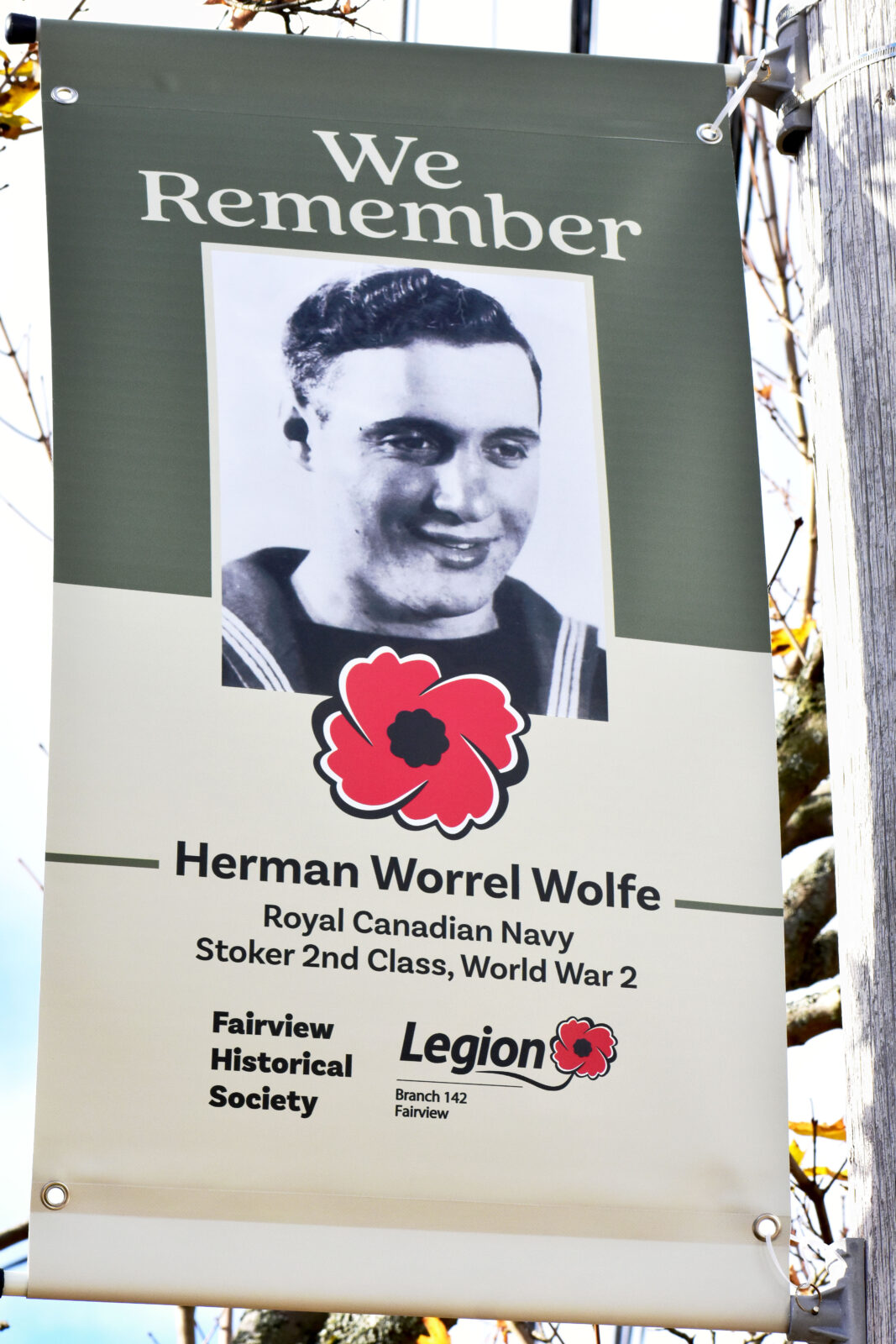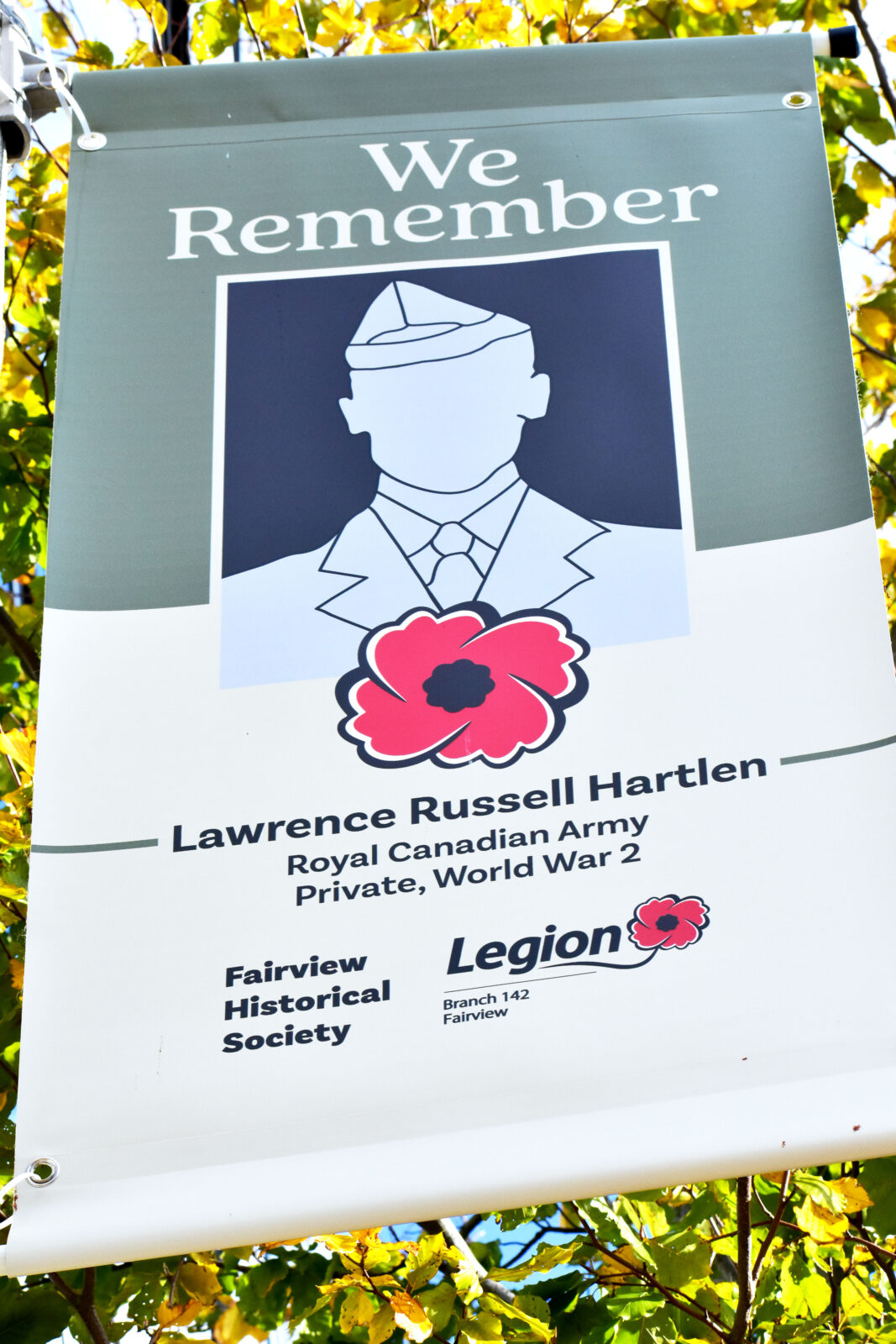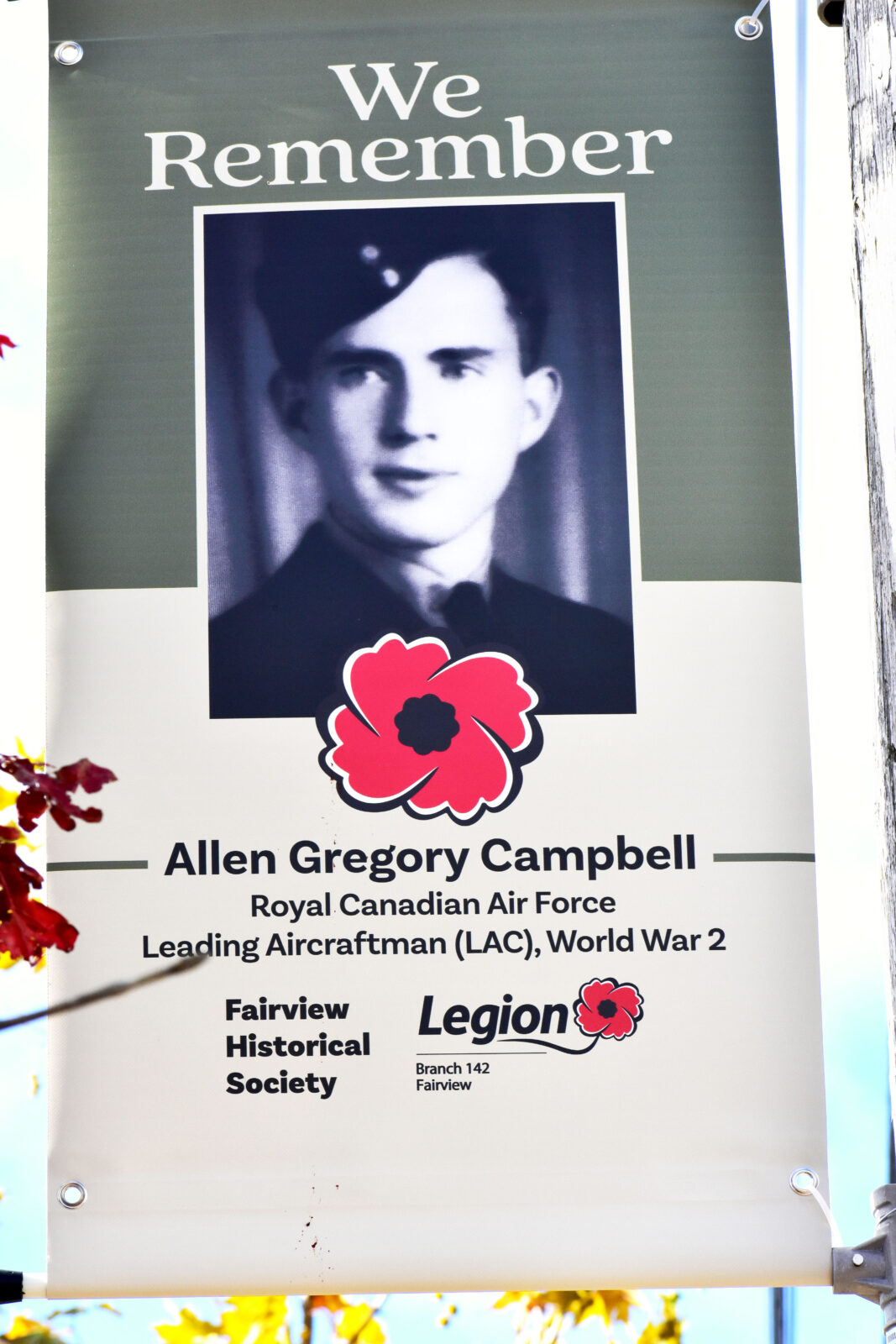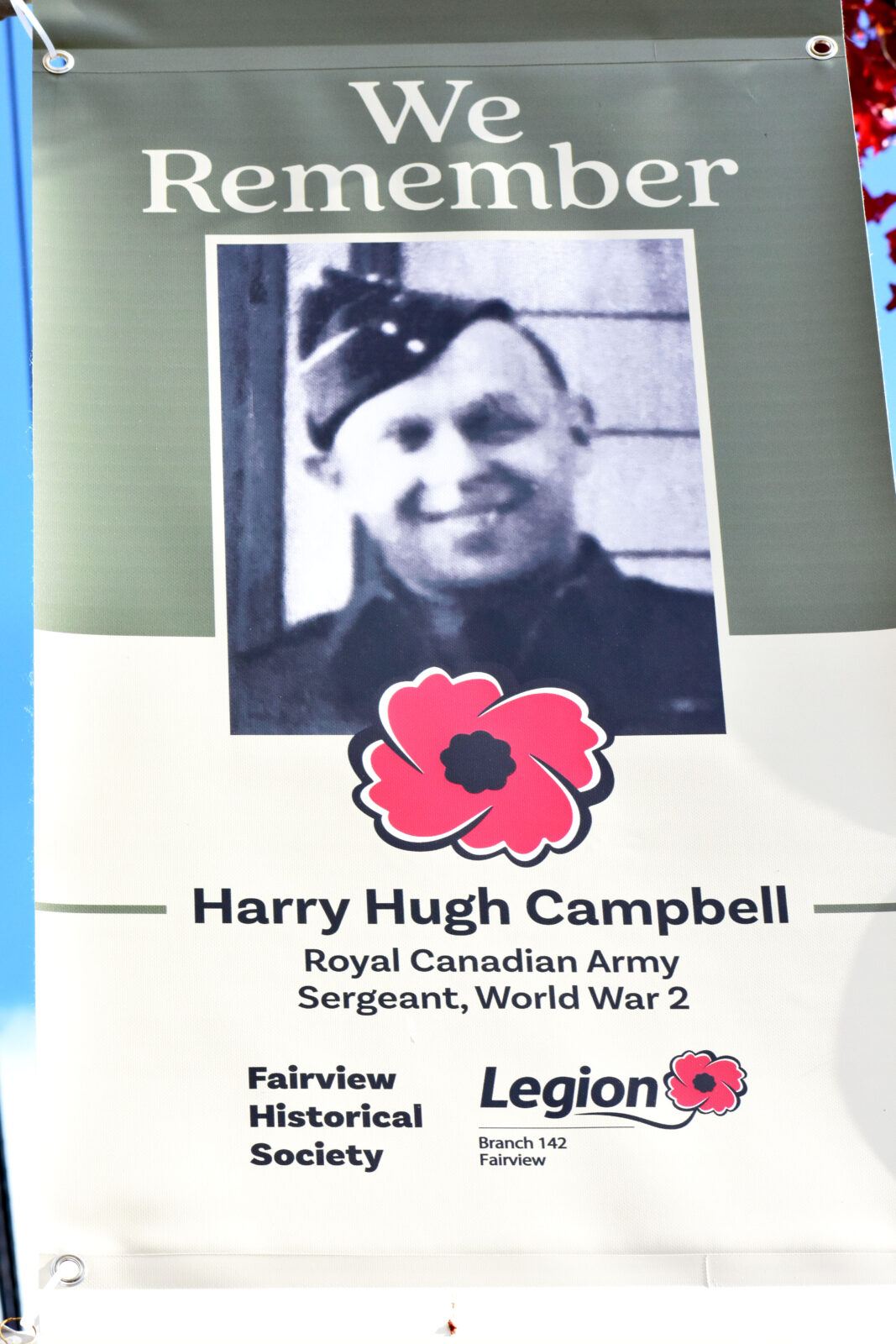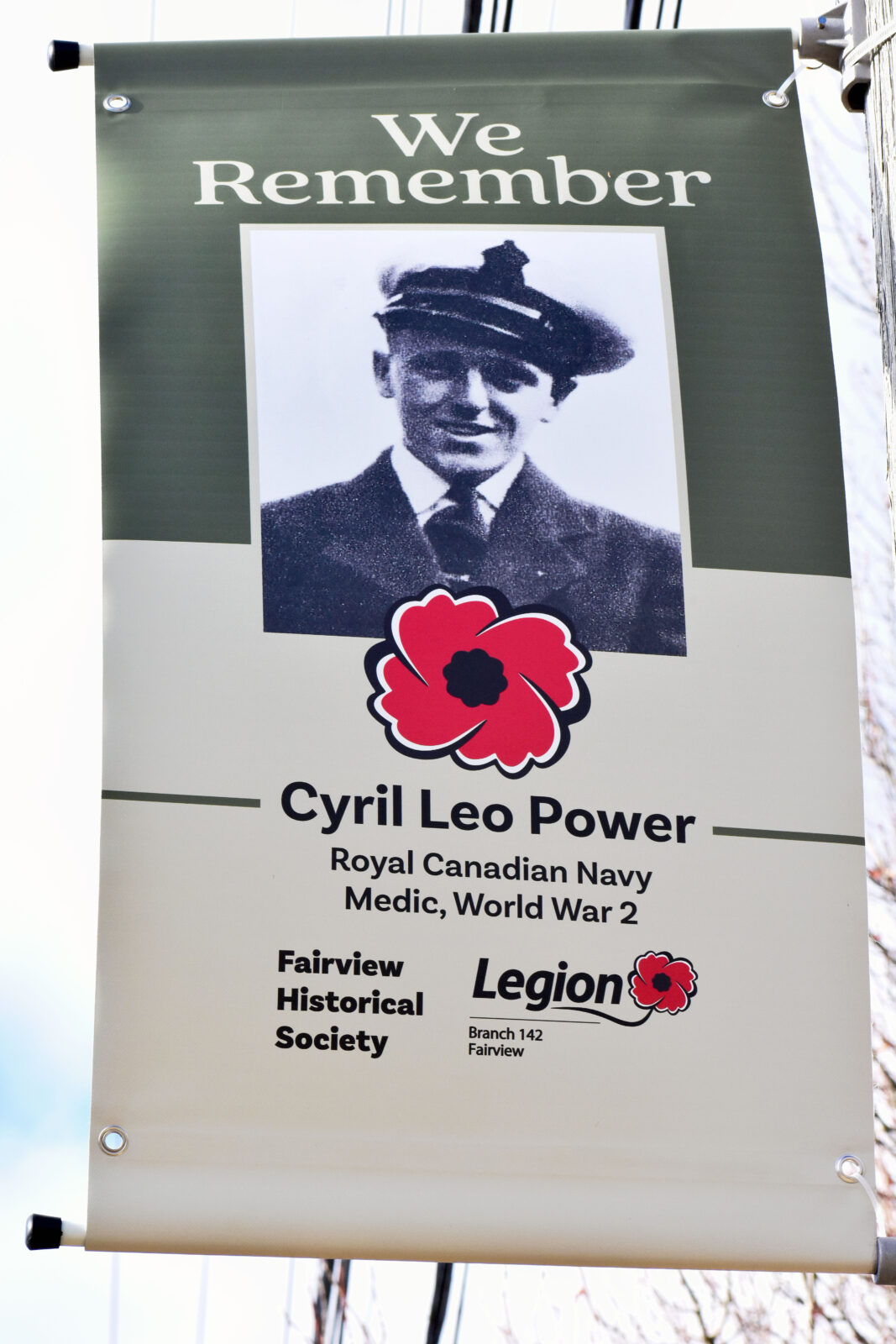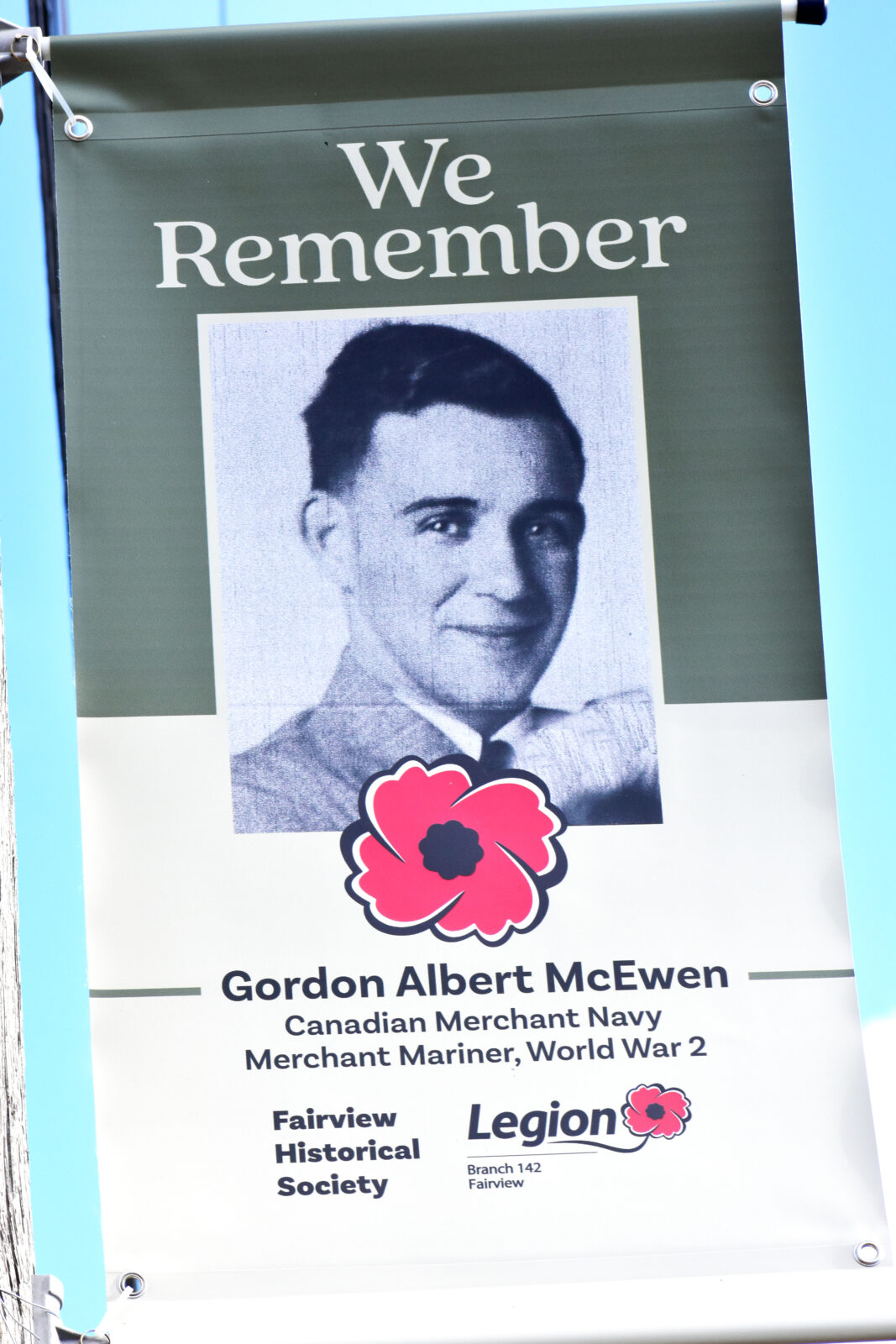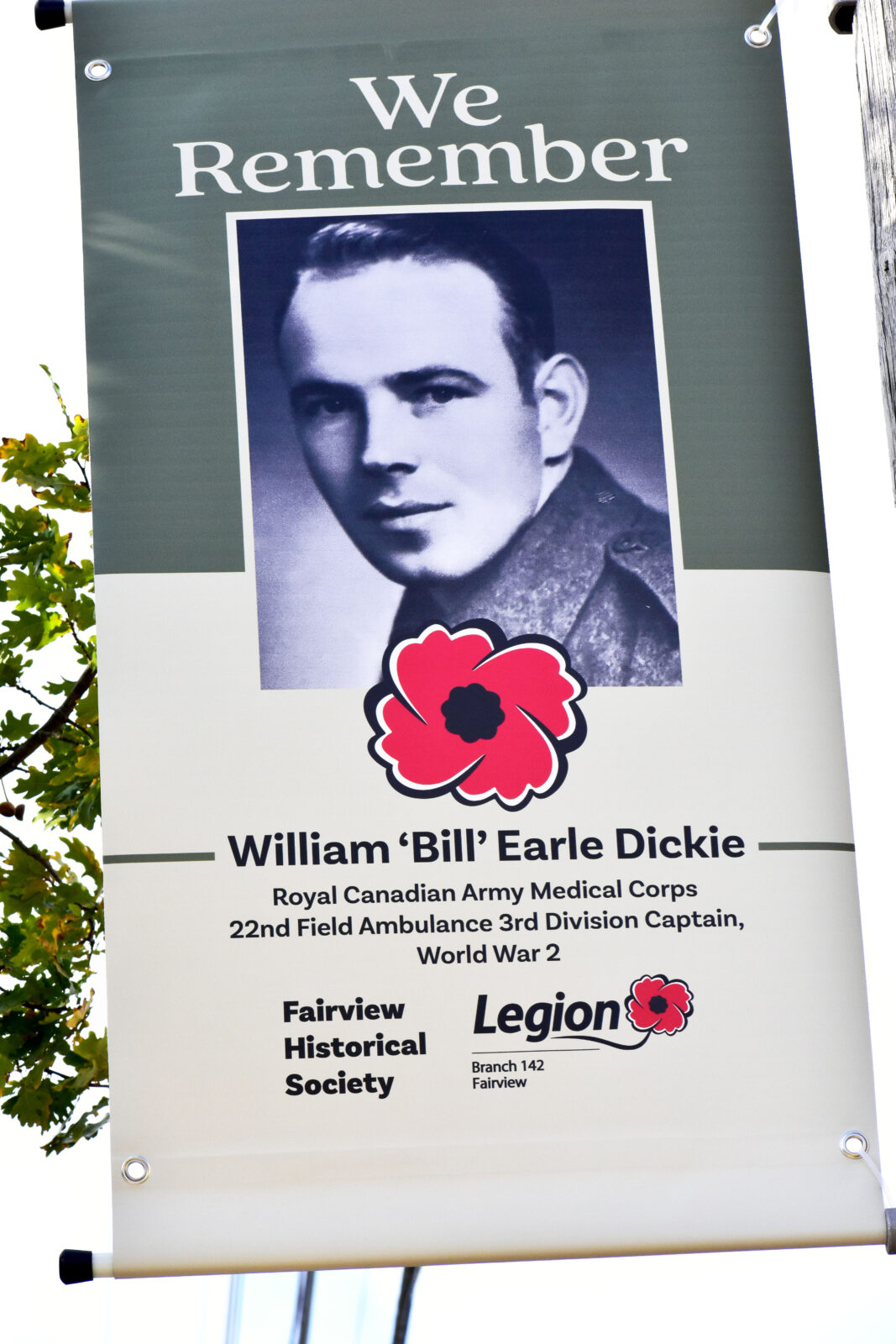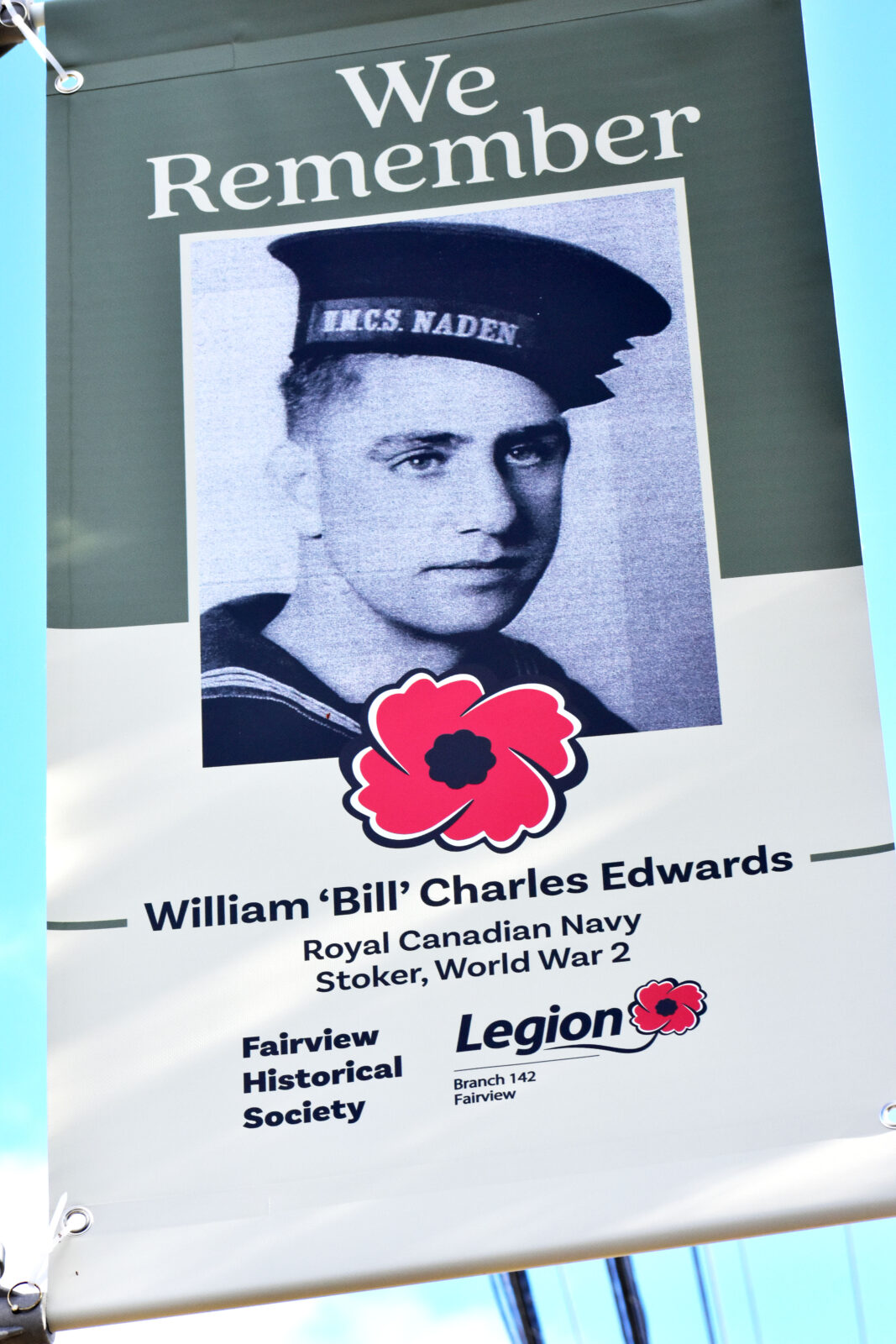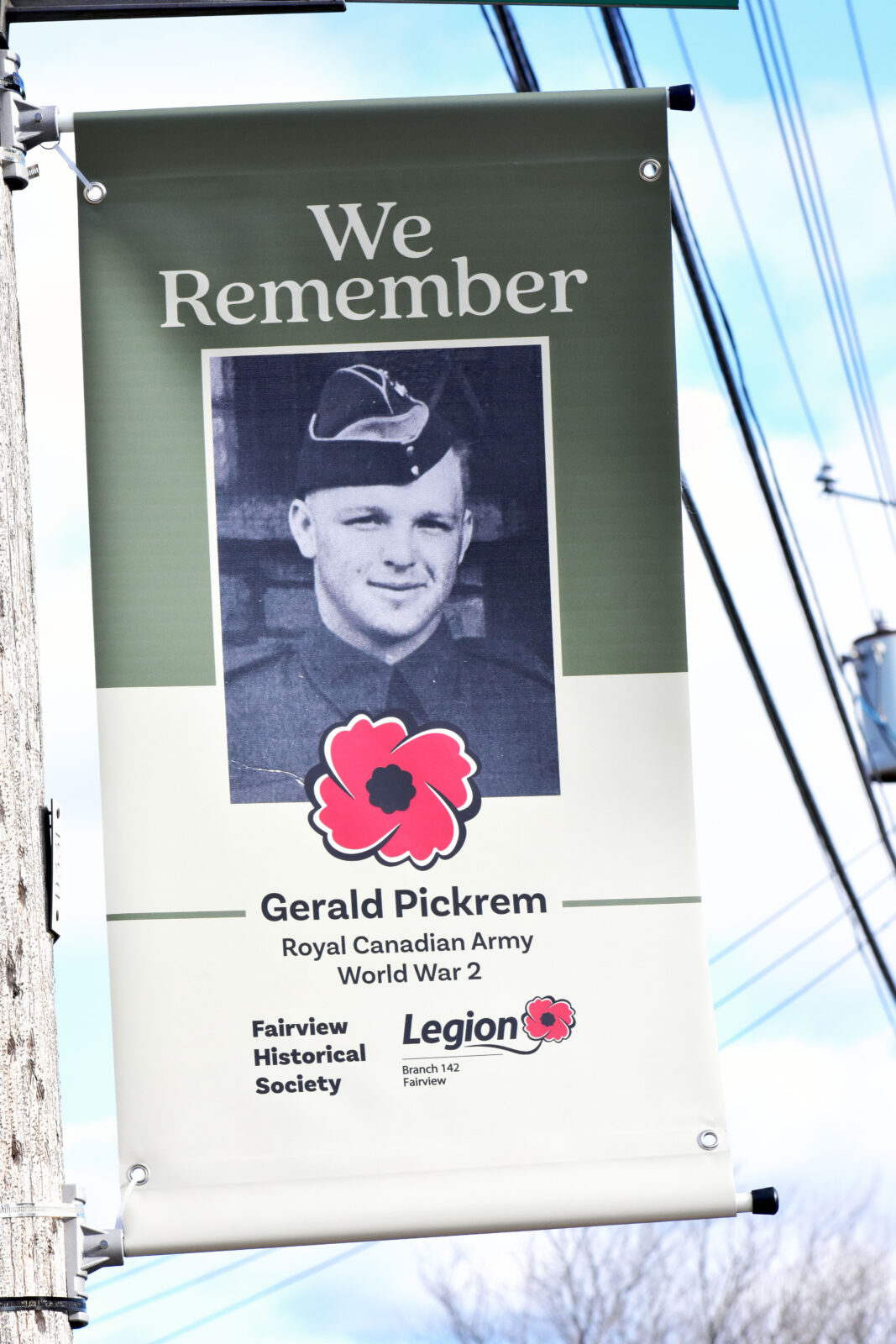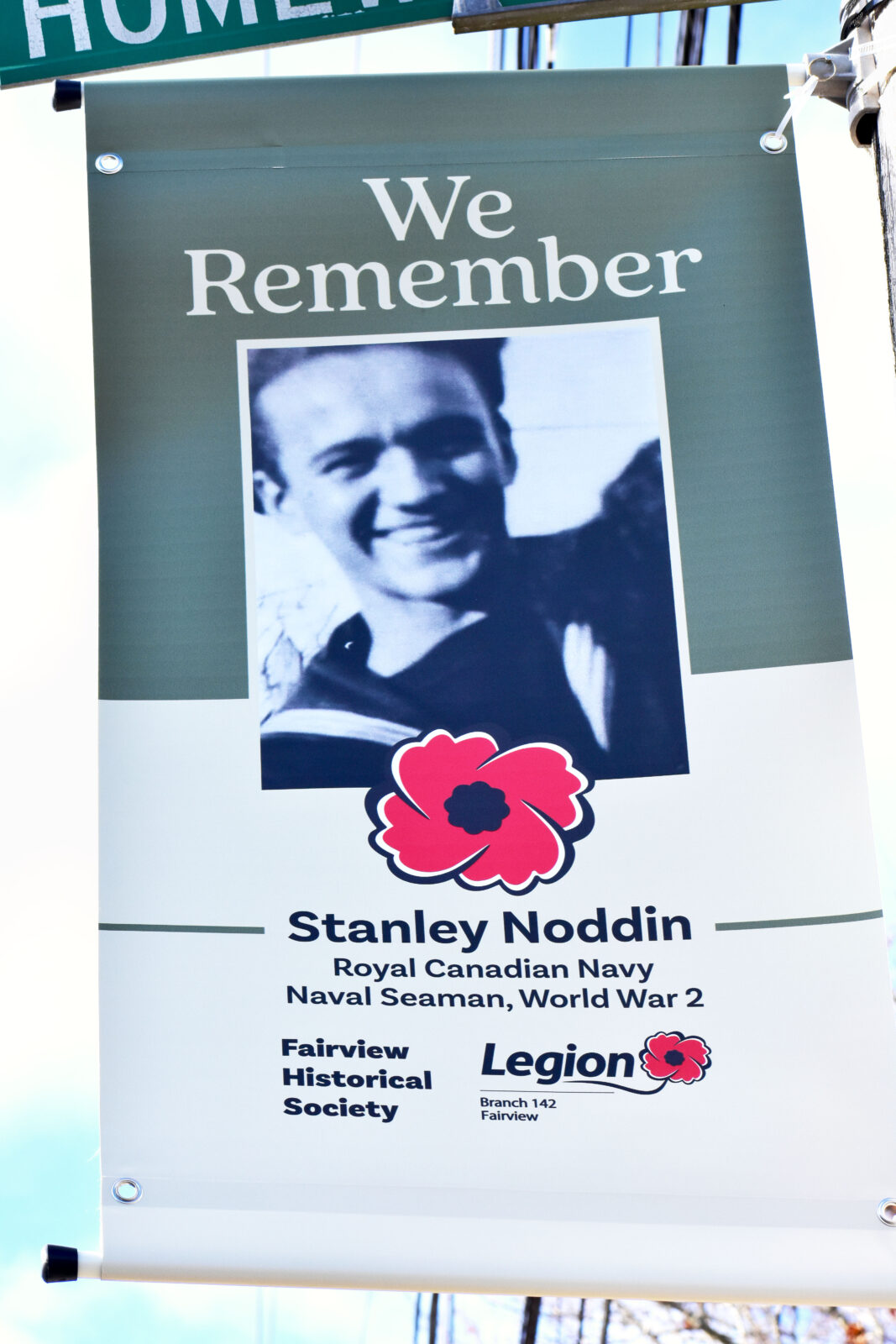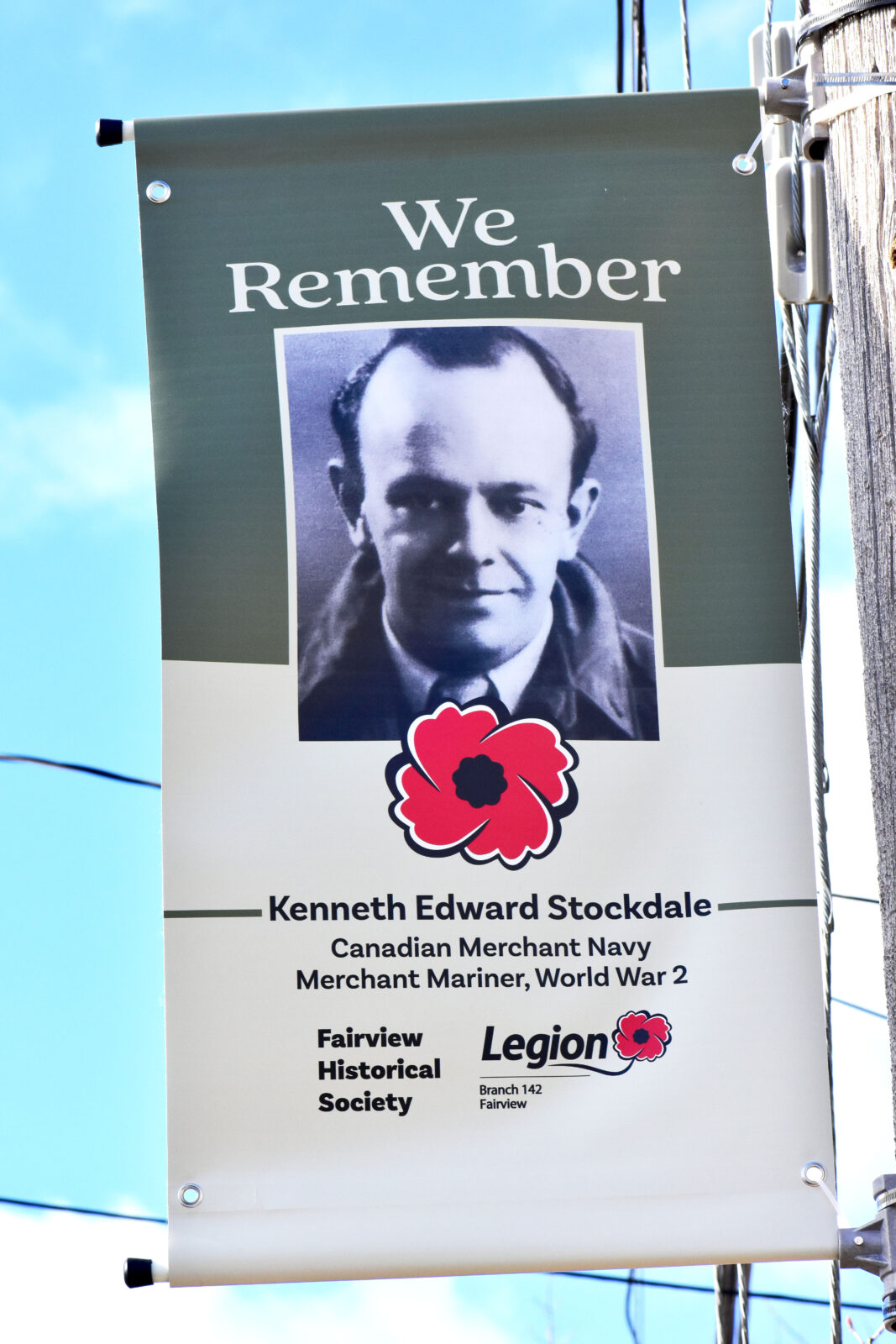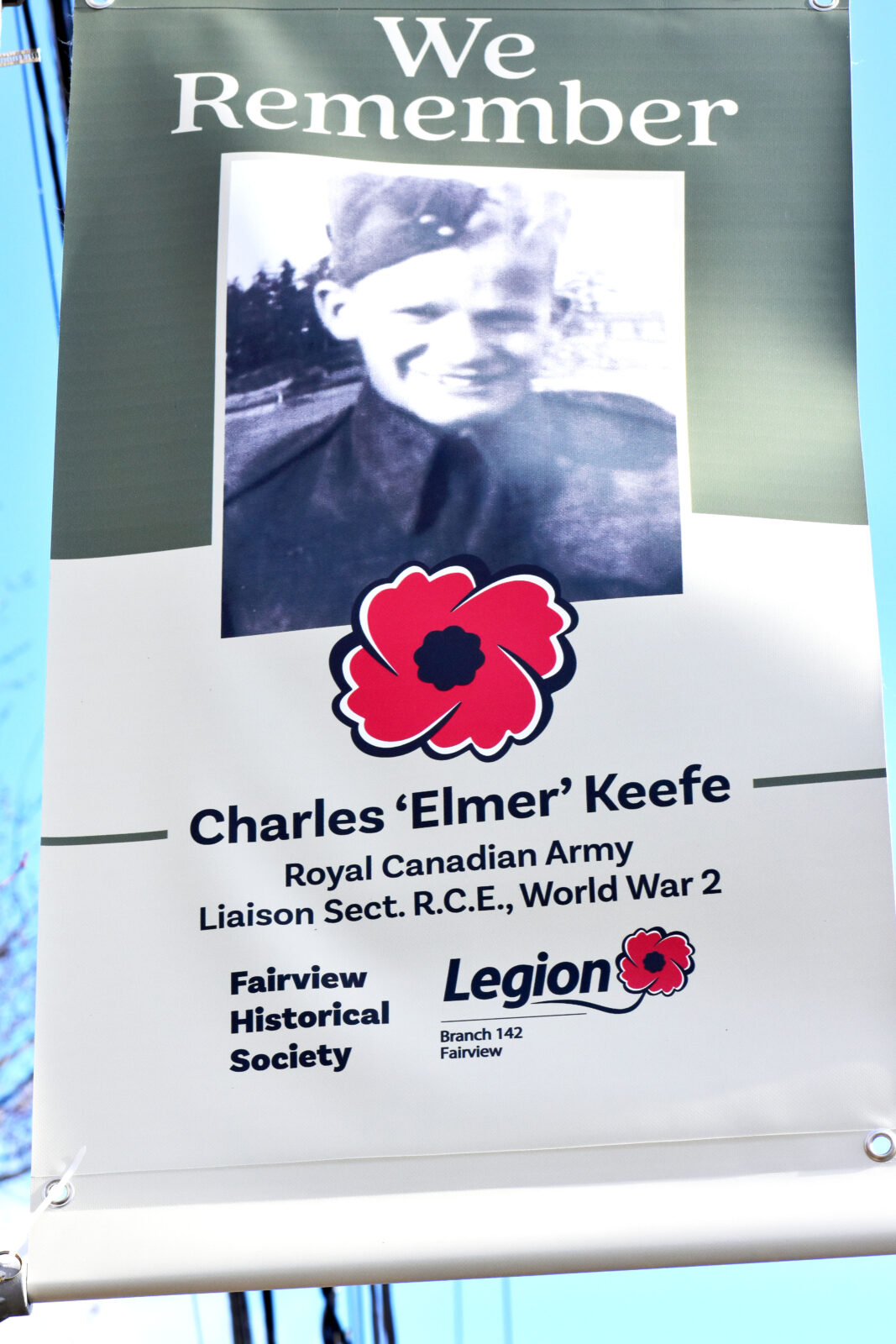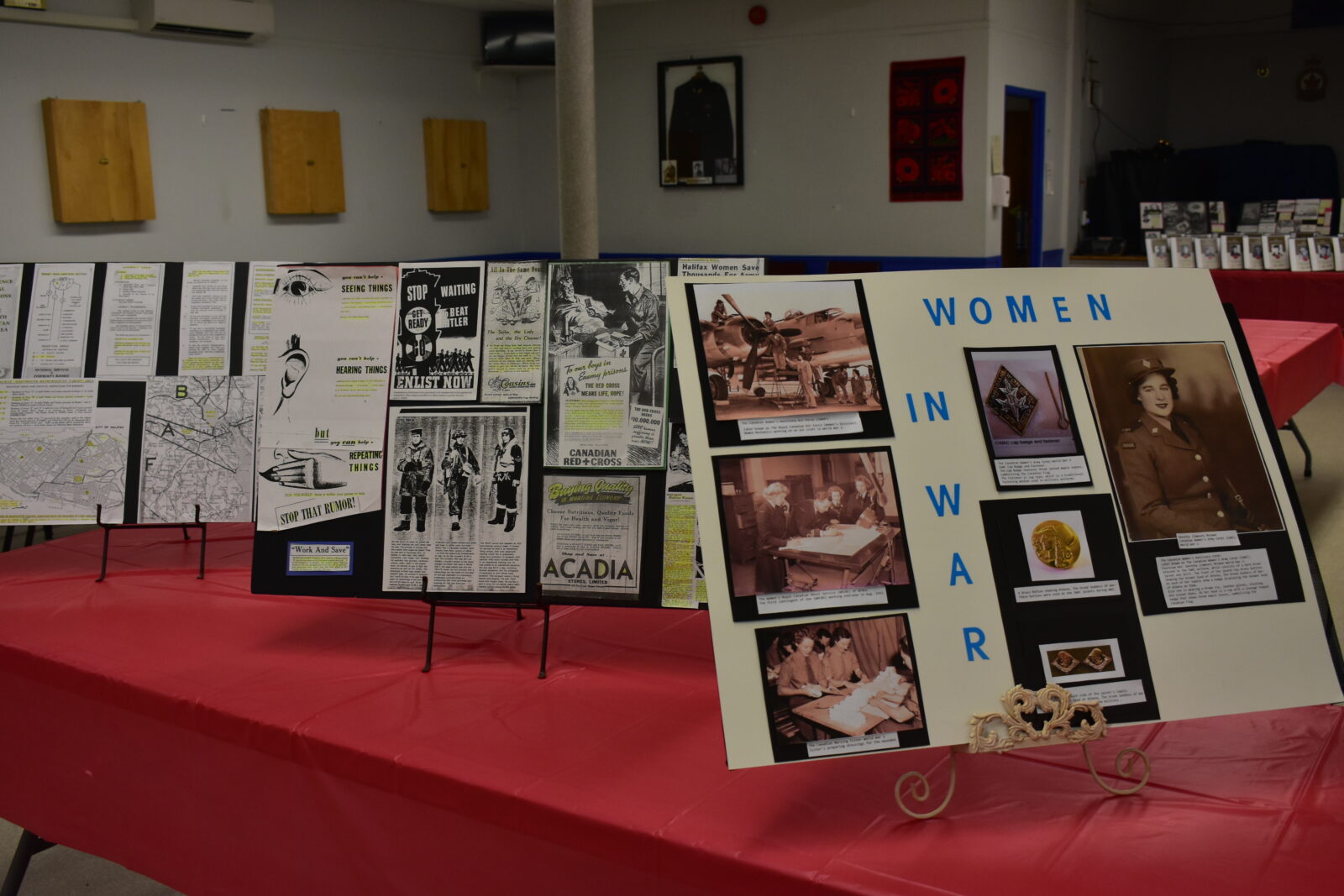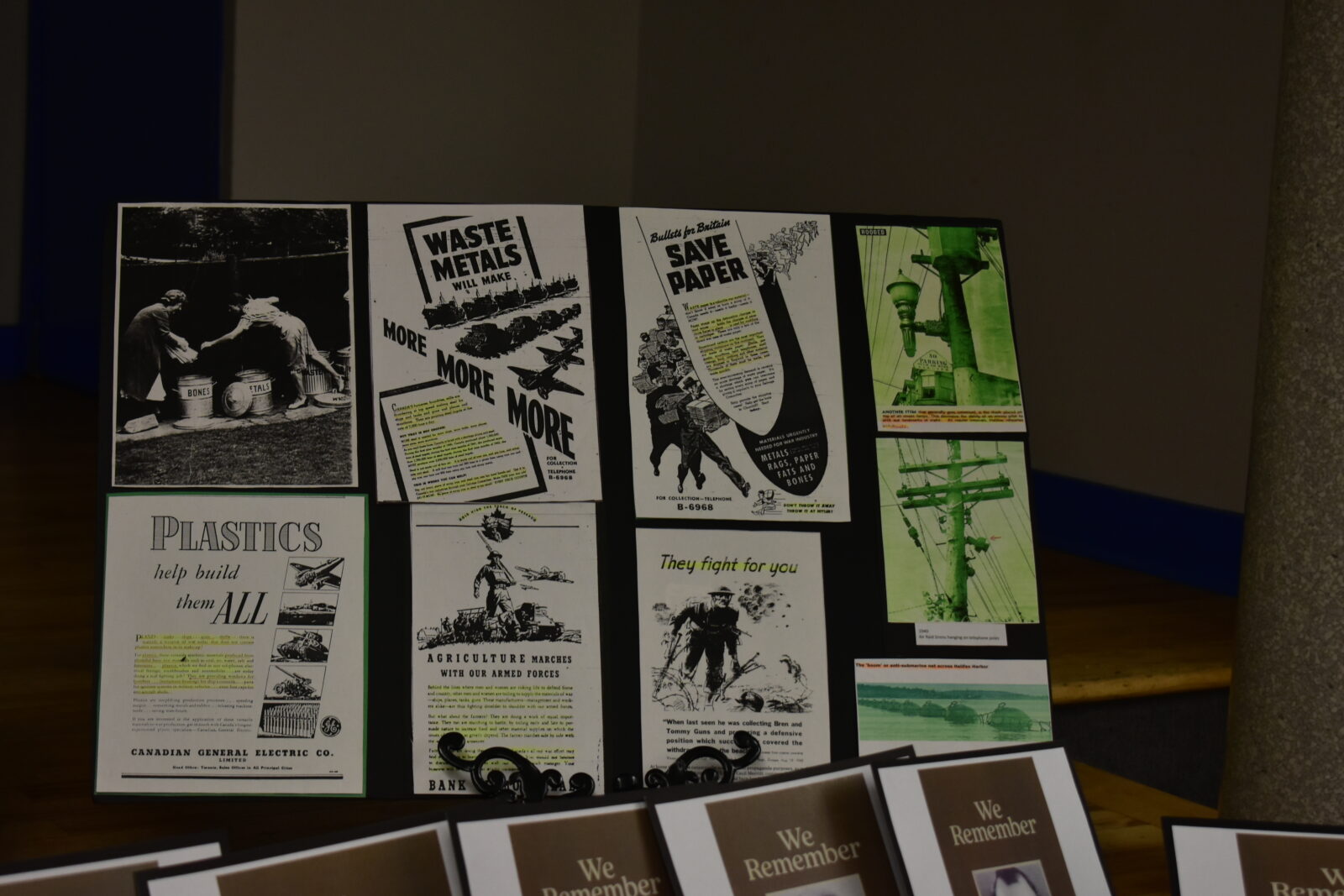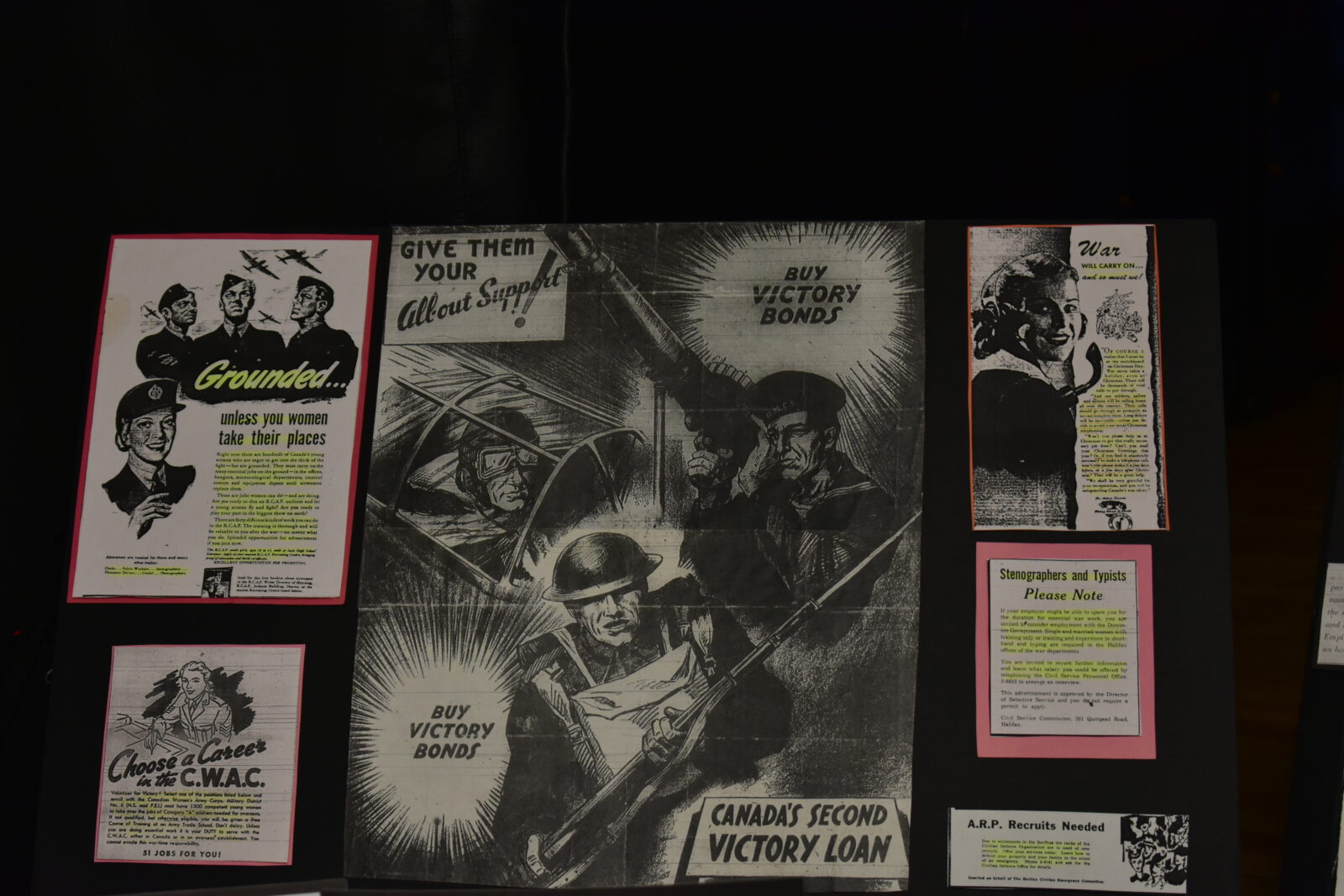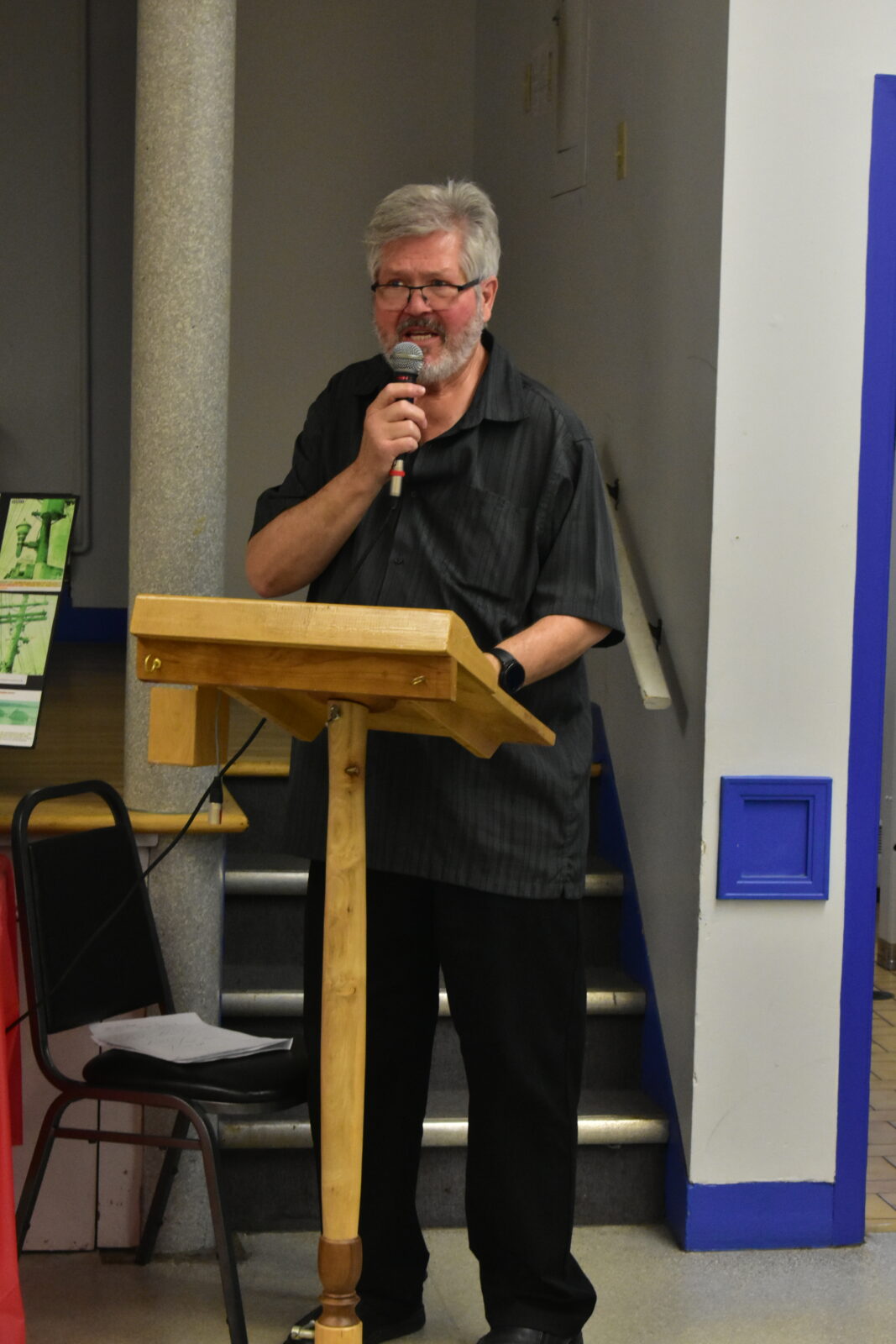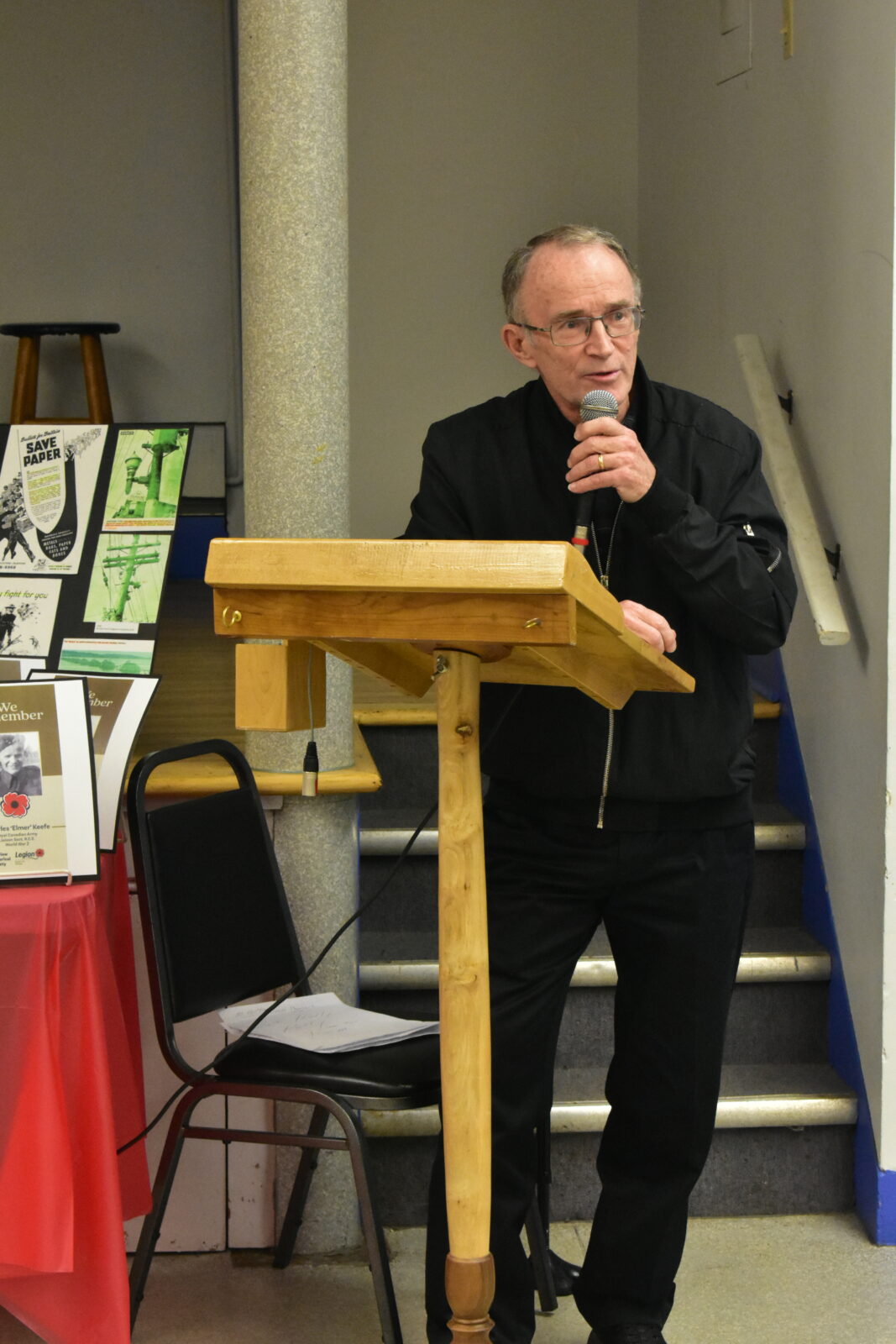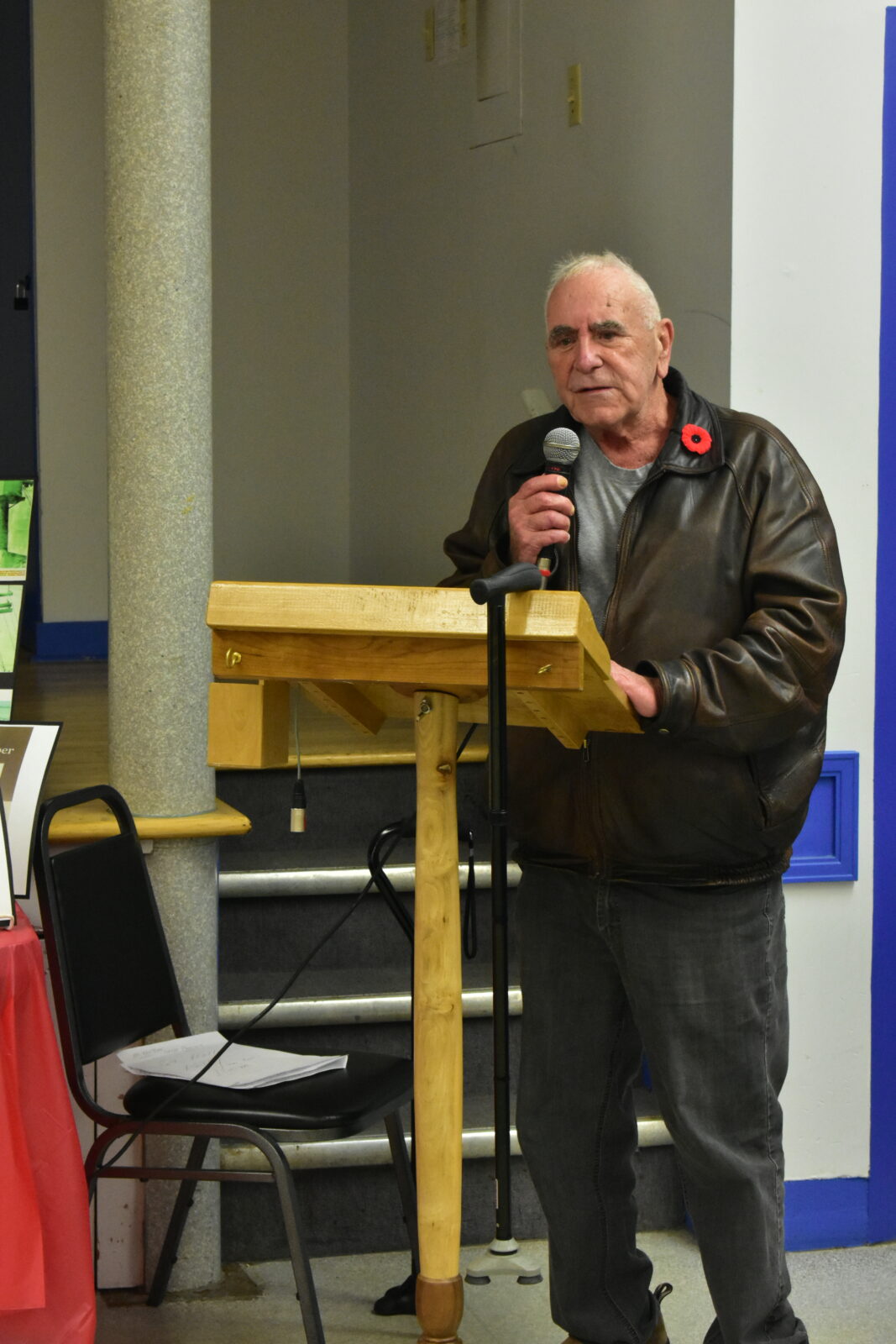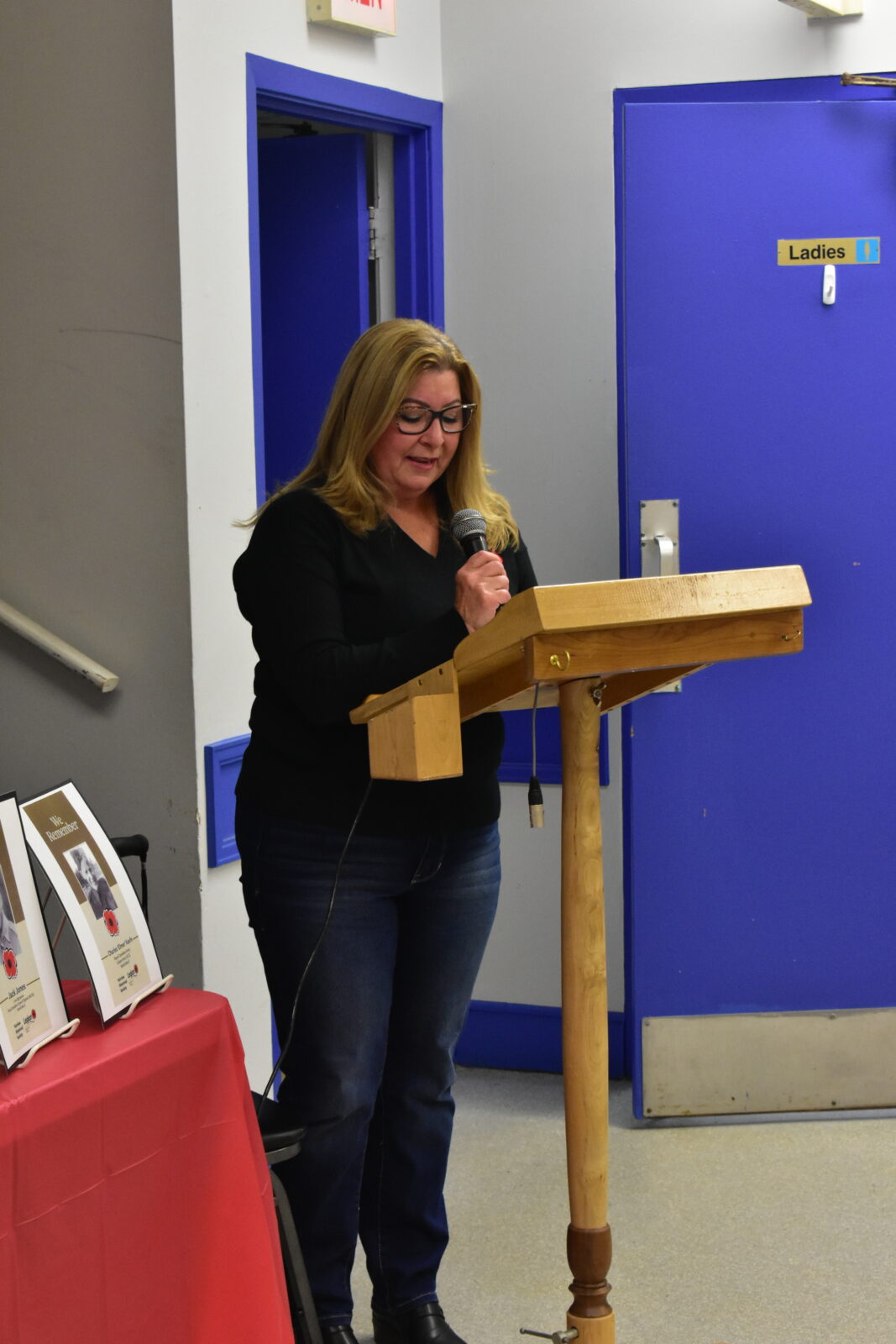Fairview Historical Society Articles Archives
Home – Articles – Videos – eBooks & PDFs – Local Authors – Sponsors – Contact
Echoes of Long Lost Fairview Industries
Submitted by Devonna Edwards
In 1854 the building of the railway began at Richmond in the North End of Halifax, with two lines both under construction at the same time. The first railway completed was the Halifax to Windsor line in 1858, later that same year, the Halifax to Truro track was completed. The railway was part of the government owned and operated Nova Scotia Railway (N.S.R.). In 1867 the N.S.R. was taken over by the new Dominion of Canada as part of the Act of Confederation and portions of the N.S.R. were later to become part of the Intercolonial Railway (I.C.R.) in 1872. Finally in 1923, the railway became known as the Canadian National Railway (C.N.R.). Since 1854, the decades which followed saw the construction of other links to constitute the Dominion Atlantic Railway (D.A.R.) in 1894, operation since in 1914 as a subsidiary of the Canadian Pacific Railway (C.P.R.).
Fairview became a centre of industrial activity in 1903 when many industries sprang up on the shores of Fairview Cove next to the railway. The Halifax and South Western Railway (H & S.W. R.) was created in 1901 with the tracks leading eventually from Halifax along the South Shore to Yarmouth. Though the actual junction of the Halifax and South Western Railway (H. & S. W. R.) with the Intercolonial Railway (I.C.R.) was at the “Narrows” of Halifax Harbour, the lines first came in touch at Fairview, where the “South Western” got its first glimpse of the beautiful scenery of the Bedford Basin. At Fairview the Halifax and South Western Railway (H. & S.W. R.) crossed the main highway Dutch Village Road (Joseph Howe Drive) by means of a bridge fifteen feet above it. The stone abutment formed the foundation of the bridge and was said to be the finest piece of masonry on the line. With the coming of the H & S. W.R. train to Fairview, it created a new era for west Halifax with the lumbering, fishing and farming interests infused with a new life. At that time Fairview Cove was the ideal location for new industrial opportunity because the area was near the artery of the main highway leading in and out of the city of Halifax. It also stood next to the railway facilities and had the opportunity for transportation by the waters of the Bedford Basin and the Halifax Harbour. Many manufacturing firms grasped the opportunity that the situation offered and moved to this location.
The Carrite-Paterson Manufacturing Company Ltd.
The Carrite-Paterson Company which had for seven years prior carried on the manufacture of tarred paper and roofing of various kinds at the North West Arm, moved to the Fairview Cove location in 1903 and set up a plant that was well advanced in construction, where their operation was carried on at a much greater advantage, and on an greater scale. The plant consisted of a wharf property with a pier 300 feet in length extending out to deep water, three fire-proof brick buildings, tank and vat for holding coal tar with a capacity of 300,000 gallons and a wooden office building. The raw material or coal tar was pumped from the vessels at the company’s wharf to the storage tanks; from these it passed to the first of the factory buildings, where it was distilled and manufactured into pitch. The bye-products of creosote and naphtha were thrown off and run to a tank for their reception. The main building, where the tarred paper and roofing were to be manufactured had a ground size of 80×60 feet. It was nearly fireproof as iron, brick and cement can make it. Adjoining it was a fine brick warehouse. The plant manufactured twenty tons of pitch and tarred paper per day. The company also built a number of houses for its employees.
The Canadian Oil Company Ltd.
In 1903 the Sun Oil Company was steadily enlarging its plant and operations and at that time a large oil tank was erected on the western side of the Bedford Highway, near the bottom of Evans Avenue on the Bedford Highway. Across the road on the eastern side, they constructed a large brick addition for storage purposes and also built a wharf on the Bedford Basin for the companies use. The Sun Oil Company merged with other oil companies of Canada, including the Canadian Oil Company Ltd. which took over the property. The Canadian Oil Company Ltd. was the only competitor of the Standard Oil Company in Canada which operated here, under the name of the Imperial Oil Company. In 1903 the capacity of the Canadian Oil Company distributing depot at Fairview was increased by the building of a number of small tanks to hold from 8,000 to 10,000 gallons each, in addition to the large one already there which had the capacity of 100,000 gallons. The company also supplied houses for their workmen.
Halifax Rolling Mill and Nail Factory
In 1884 there was a Rolling Mill and Nail factory on the shores of the Bedford Basin in Fairview Cove, just off Campbell Road. Campbell Road started at the end of Upper Water Street and ran to Three Mile House in Fairview, on the Bedford Highway. The area was chosen near the Bedford Basin due to the business needing water power, and there a turbine wheel was used to transmit power to the rolling mill. Large rolling mills co-existed with small, cut nail factories at that time. In a rolling mill they used machinery where hot metal is passed between rollers to give them a certain thickness, and pressed into sheets or bars. The rolling mills converted scrap wrought iron into billets and then into nail plate, and converted into nails by the rolling mills. In the late 1700s into the early 1800s, hand-wrought nails fastened the sheathing and roof boards on building frames. These nails were made one by one by a blacksmith from a square iron stock rod. During the early 18th century, machine-made cut nails challenged traditional hand-made wrought iron nails. By 1830 cut nails with machine-forged heads were introduced. Water, then steam power was used to increase nail production . In the 1870s a new nail production based on steel wire began to change the industry significantly and by 1892 steel wire nails replaced the iron cut nails. In the 1890s the entire nail was completely done by machine which produced the rounded shank or wire nail that continues in use today.
The first rolling mill in Canada was built by Mansfield Holland, a nail maker from Maine who established himself in Montreal in 1829.
The Halifax Electric Light Company Building
The Company building was located at 506-508 Dutch Village Road (Joseph Howe Drive) at the bottom of the Duke of Kent Road (Main Ave.) in Fairview near the Fairview Underpass. The Halifax Electric Company was formed in 1881. The first Electric Light Plant was started in 1883 and operated at Black’s Wharf on the Halifax Waterfront. A couple of years later, they built a large plant at Three Mile House (Fairview area) and closed the Wharf Plant. The Electric Light Plant building in Fairview was for sale in 1903.
The Department of Highway Building
The building was located on the shore of the Bedford Basin, in Fairview Cove near the Fairview underpass. This rather large building contained the highway office and a garage for repair of vehicles used for construction and maintenance of city roads. In the 1940s they also stored a quantity of cement in part of the building and near the rear of the buildings garage, they had a shed where they stored Air Raid Warden’s outfits. A Hangar, where they housed the city vehicles, was located near the Highway Garage. In 1942 after a severe rain storm, the drain beneath the Fairview Underpass became obstructed and flooded. The Highway Building became flooded with water rising almost to the ceiling and sustained considerable damage. Flooding in the area was common due to the many lakes and ponds that flowed down from the Fairview hills and emptied into Stanford’s Ponds before emptying into the Bedford Basin. After Stanford’s Ponds were filled in to build the railroad tracks, they built a culvert which diverted the pond water along the tracks, to flow under Kempt Road and under the Highway Building, before it emptied into the Basin.
At that time there was only two ways to enter and exit the City of Halifax and due to the obstruction under the Fairview Underpass, automobiles and buses could not enter or leave the city at that site. The railway tracks also became flooded and created a major problem when the trains came to a standstill.
The Highway Building and the Hangar were demolished in 2006 when Fairview Cove Container Terminal expanded.


